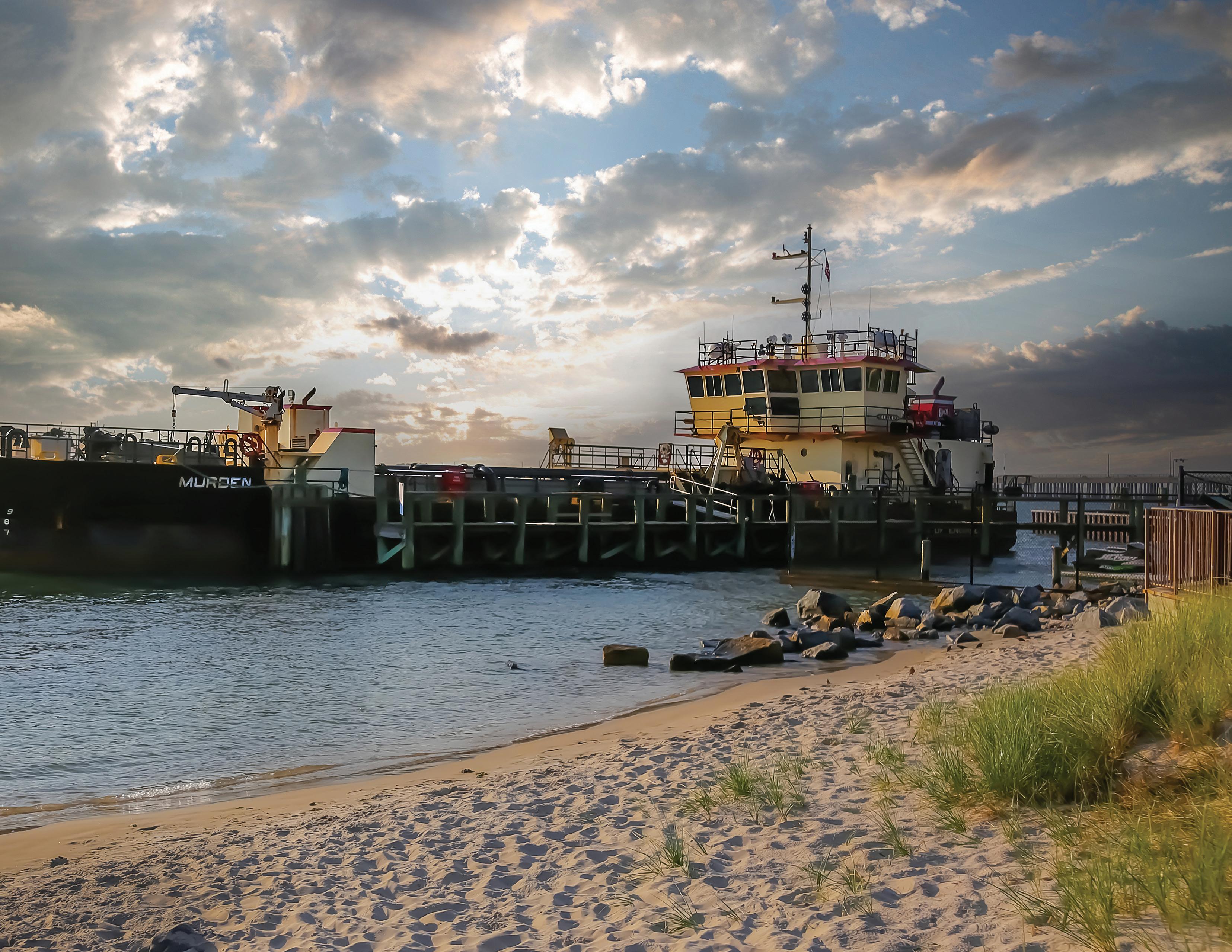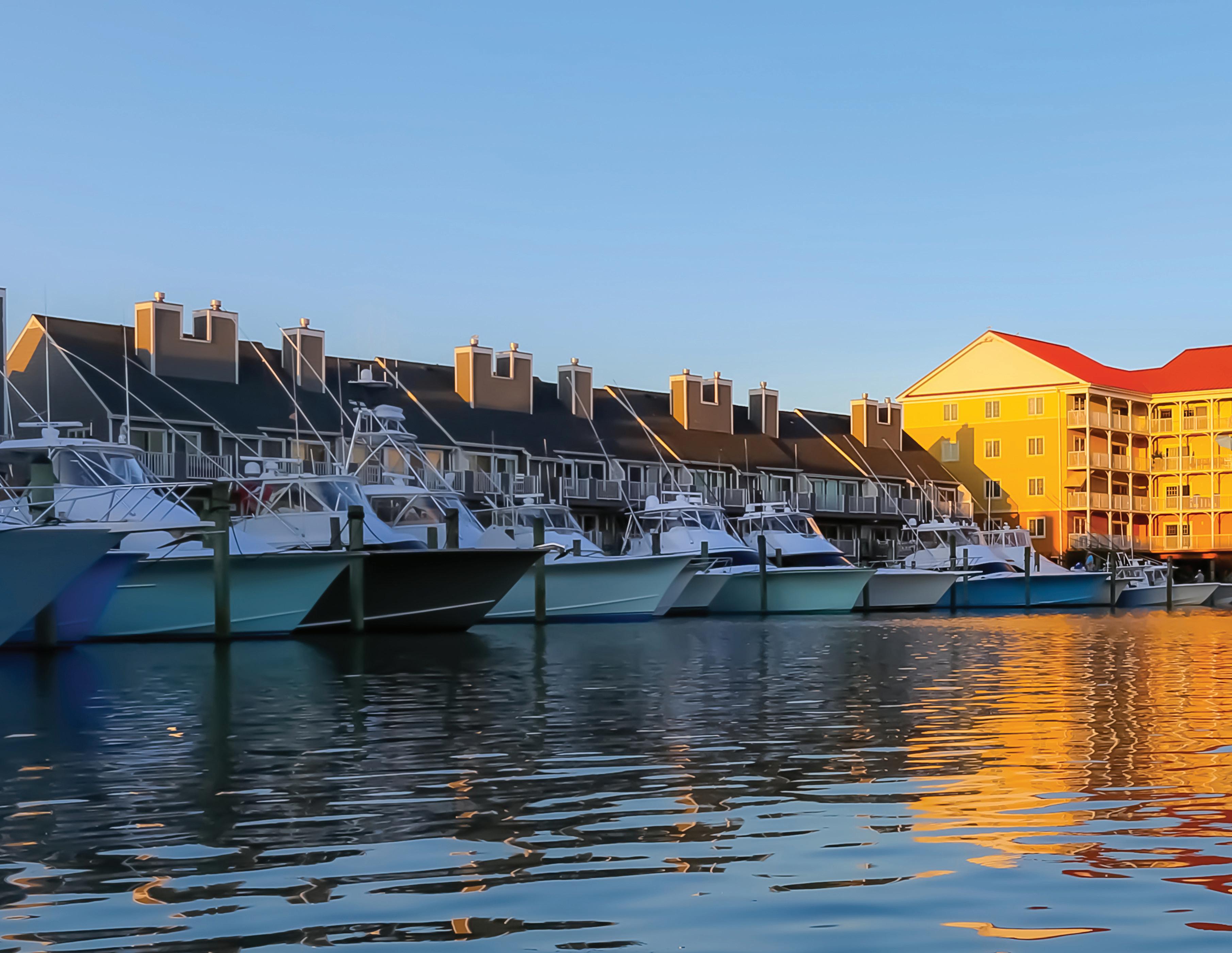Inside Ocean City













an you feel the excitement? You’re in Maryland’s world famous beach resort! Over nine miles of pristine beaches await your toes. Yet there is so much more to see and do. The bayside of the island offers an array of watersports, including jet skis, catamarans, paddleboards, bottom fishing and more. There are amazing restaurants, fun places for the whole family and adventures just a shells toss from the island. To find out more, just turn the pages of this book. It’s going to be a great vacation!

On behalf of the staff of Inside Ocean City, let the fun begin!

©, Grand
Magazine,
Copyright
All rights reserved. Printed in China.
Inside Ocean City is intended to provide information only. While the company makes every effort to ensure that all information presented is correct, we do not make any representations or warranties as to claims made by advertisers in this publication, nor do we assume responsibility for image copyright on images submitted by an advertiser. Neither Grand Living Magazine LLC, Inside Ocean City or its staff are responsible for omissions or information that has been misrepresented to the publisher.
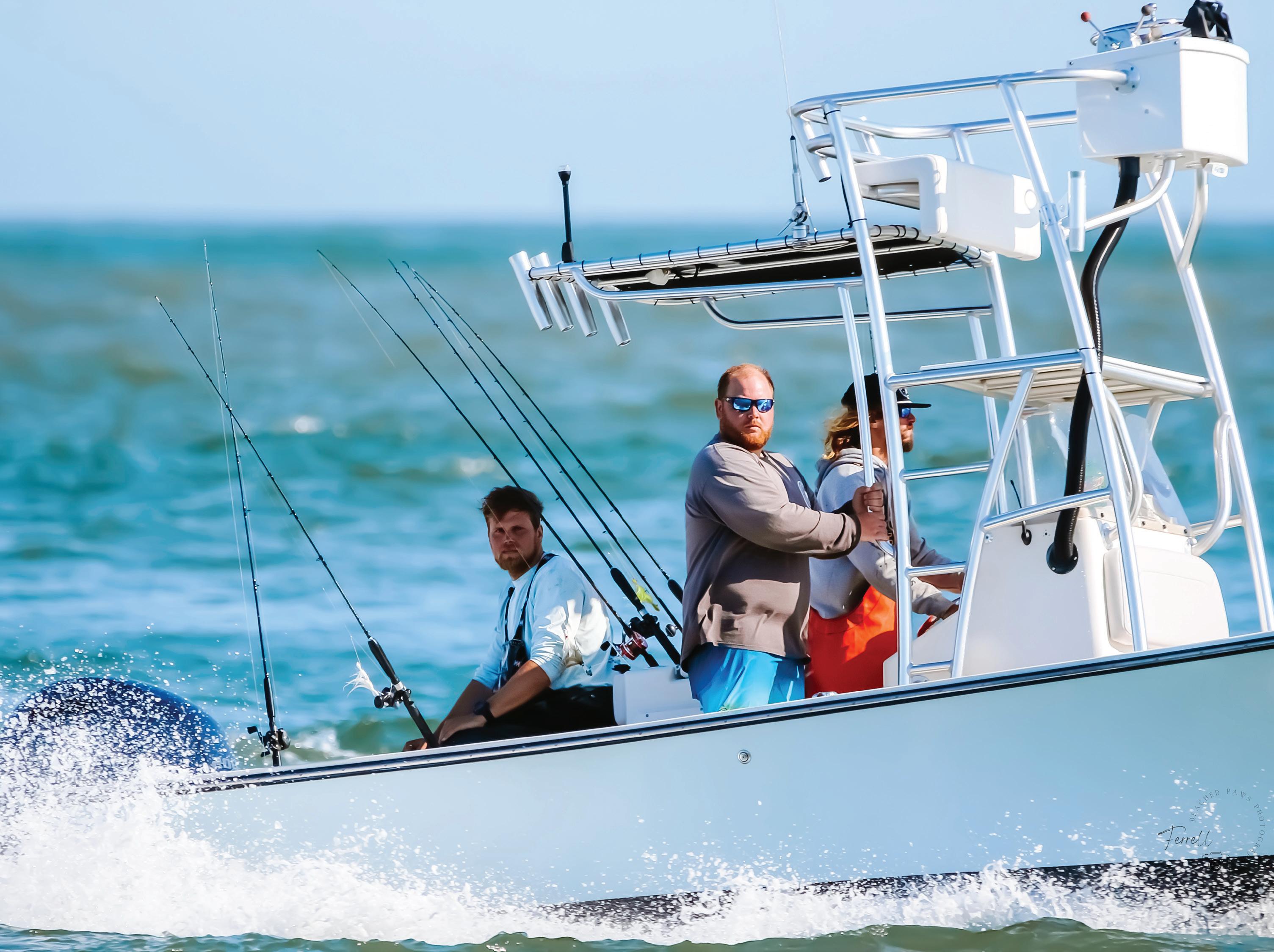



Emergency Services : 911
AAA Emergency Road Service - 800-222-4357
Alcoholics Anonymous - 410-219-2117
Animal Control - 410-723-6649
Atlantic General Hospital - 410-641-1100
Beach Patrol - 410-289 -7556
City Hall - 410-289-8221
Coast Guard - 410-289-7559
Convention Center, 40th St. - 410-289-2800
District Court, 65th St. - 410-723-6935
Fire Dept. Headquarters, 15th St. - 410-289-4346
Hotel/Motel/Restaurant Assoc. - 410-289-6733
Library, 100th St. - 410-524-1818
Lost and Found (Police Dept.) - 410-723-6611
Marine Natural Resources Police - 410-548-7070
Maryland State Police - 410- 641-3101
Ocean City Municipal Airport - 410-213-2471
Ocean City Surfing Beaches - 410-289-7556
Police Dept., 65th St. - 410-723-6610
Precious Paws Animal Hospital -410-213-1170
Recreation and Parks, 125th St. - 410-250-0125

Ticketmaster Toll Free - (800) 551-SEAT
TidalHealth Medical Center - 410-546-6400
Visitor Information, 40th St. - 410-289-2800
Western Union - 800-325-6000
Worcester County Animal Control -410-632-1342
Lost or Stolen Credit Cards
Discover - 800-347-2683
Master Card - 800-826-2181
Visa - 800-336-8472
Lost or Stolen Travelers Checks
Am Ex. - 800-528-4800
Mastercard - 800-223-7373
Traveler's Cheque - 800-645-6556
Visa - 800-227-6811



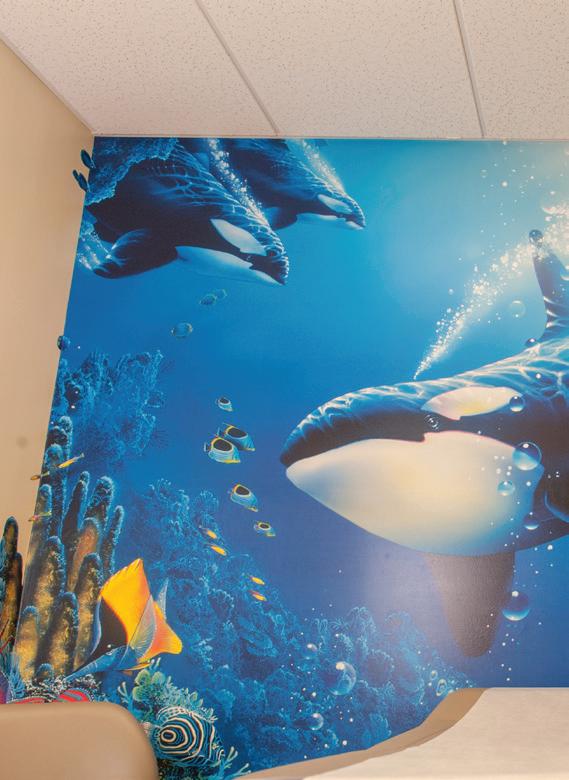




Mostparents would consider traditional liquid sunscreen or sunblock from a bottle to be the best way to help protect children from the sun’s harmful rays. After all, it has been used successfully for decades, is inexpensive, and is available at most retail stores. However, the past few summers have brought about some exciting new products that are not only fun to use but allow for greater flexibility in how we keep kids safe.
The sunscreens and sunblocks we are most familiar with now have a new attitude! Sunscreens come in aerosol spray cans for even coverage and quick application. They also work great for areas that were once impossible to reach, like your back. Other varieties offer unique features, such as color-changing bottles that alert parents when it is time to reapply. There is also a sunblock also goes on like a cream and dries into a powder, keeping sand and dirt from sticking to the skin.
We are familiar with using a hat or an umbrella to cover precious little ones from the powerful sun, but did you ever consider a custom swimsuit or romper for your child? Specialty apparel made from cotton and other natural blends can offer 50+ UV protection while keeping kids stylish! Hats, t-shirts, shorts, swimsuits, and even water shoes contain breathable variations of this new material designed to be a long-term tool against the risk of sunburn.
UV alert stickers are an option for detecting how long your child has been out in the sun and preventing overexposure. Made by a few manufacturers, these decals for the skin come in fun designs and change color the longer the wearer is in direct sunlight. While they do nothing to minimize sun exposure, they are a great tool combined with a sun protection product.
Umbrellas and sunshades are also nice for those kids that just aren’t going anywhere. Babies and toddlers staying in one spot outdoors can relax under an umbrella or other canopy to keep cool and away from direct sunlight. (NOTE: Please ensure the product is designed for sun protection. A regular umbrella or blanket may not offer a defense.) Tents and portable gazebos made from similar materials come in sizes large enough for the whole family!
Sunglasses are a fashion staple for adults but are often overlooked for children. However, child-sized sunglasses are a growing market and can be adorable and vital to keeping little eyes from harm. Choose a frame that fits your child’s face, and be sure they can stay put with either straps or a wrap-around design. Avoid cheap novelty sunglasses from discount stores, as they are usually not intended for sun safety.

Strolling babies need shelter too, and there are many different kinds of stroller and car seat canopies and covers that keep babies cool and away from the hot sun. Many allow for an unobstructed view of the outside; some even do double-duty as a bug guard to keep pesky mosquitoes at bay!
Remembering sun safety is a year-round issue will also help keep kids safe. With all the available products, parents and caregivers should have no problem finding a sun solution that works for them. Speaking with a pediatrician or family doctor can give some additional insight on how families can work together to prevent sun damage in children. Learning sun safety early is the best way to ensure children grow up healthy and happy!
DelmarvaUnleashed.com


Ocean City permits furry four-legged visitors on the beach during the off season, which is from October 1 through April 30. There’s more room to run, and Frisbee’s are much easier to catch, when there are not sun bathers to navigate. Please be sure to clean-up after your pooch. Off-season dates and clean-up laws are strictly enforced! Visit ococean.com for more on the rules.

When Fido travels with you in season, you can both enjoy a romp at the Ocean City Dog Playground, located on 94th Street, bayside. The playground is divided into two sections; one for small dogs (under 28 lbs), the other for larger dogs (over 28 lbs). A Dog Pass Access Card is required for admission and is available from Ocean City Recreation and Parks, located at 200, 125th Street, bayside. The front desk is open Monday through Friday 8:30 a.m. – 5:00 p.m., closed on holidays. Dog Access Cards are available weekly and annually. All dogs must have proof of rabies vaccine and a valid dog license from a municipality. Details are available online at ococean.com or by calling 800-OC-OCEAN.

Be sure to ask for a copy of Bark of the Town by Delmarva Unleashed, the Shore's only dog magazine, when you check in most anywhere in town with your dog!

Traveling from the Inlet to the North Station on 27th Street, the Boardwalk tram will stop at most any location along the route to load or discharge passengers. This half hour ride traverses the entire Boardwalk and offers a beautiful view of the beach, ocean and Boardwalk experience.


Tram fare is $4.00 per person, per boarding, one way ride. Discount fare punch cards are available for a fee of $26 for 8 rides, and are available at the Tram Station or from a Tram Conductor.
The unlimited ride pass, at a cost of $8, allows a passenger to get on and off the Boardwalk tram as much as they like between the hours of 11 a.m. and 4 p.m. daily. Unfortunately, the unlimited ride pass is not available during Holidays, Holiday Weekends or Special Events. (Restrictions may apply.) Unlimited ride passes are available at both the Tram Stations and from the Conductor.
The tram operation is subject to prevailing weather conditions. For further information, see the station operator, visit oceancitymd.gov, or call one of the following numbers: 410-520-4394 or 410-723-1606. Fees subject to change.
Take a ride on Ocean City’s municipal buses that travel along Coastal Highway. Our buses are safe, clean, reliable, and convenient. A $3 RideAll-Day pass allows you to ride from 6:00 a.m. until 6:00 a.m. the next morning. Don’t forget, with your pass, you can transfer to one of our Park & Ride buses at no additional cost and go to beautiful West Ocean City. All Ocean City buses are handicap accessible. If a vehicle lift/ramp and securement area can accommodate a mobility device, Ocean City Transportation will transport the device and user.


Free: Children 42 inches in height and under, ADA Certified Disabled card holders and Ocean City Resident Senior Bus Pass holders. Proof of eligibility may be required.
Visit OceanCitymd.gov for specific times and fees. Fees subject to change.










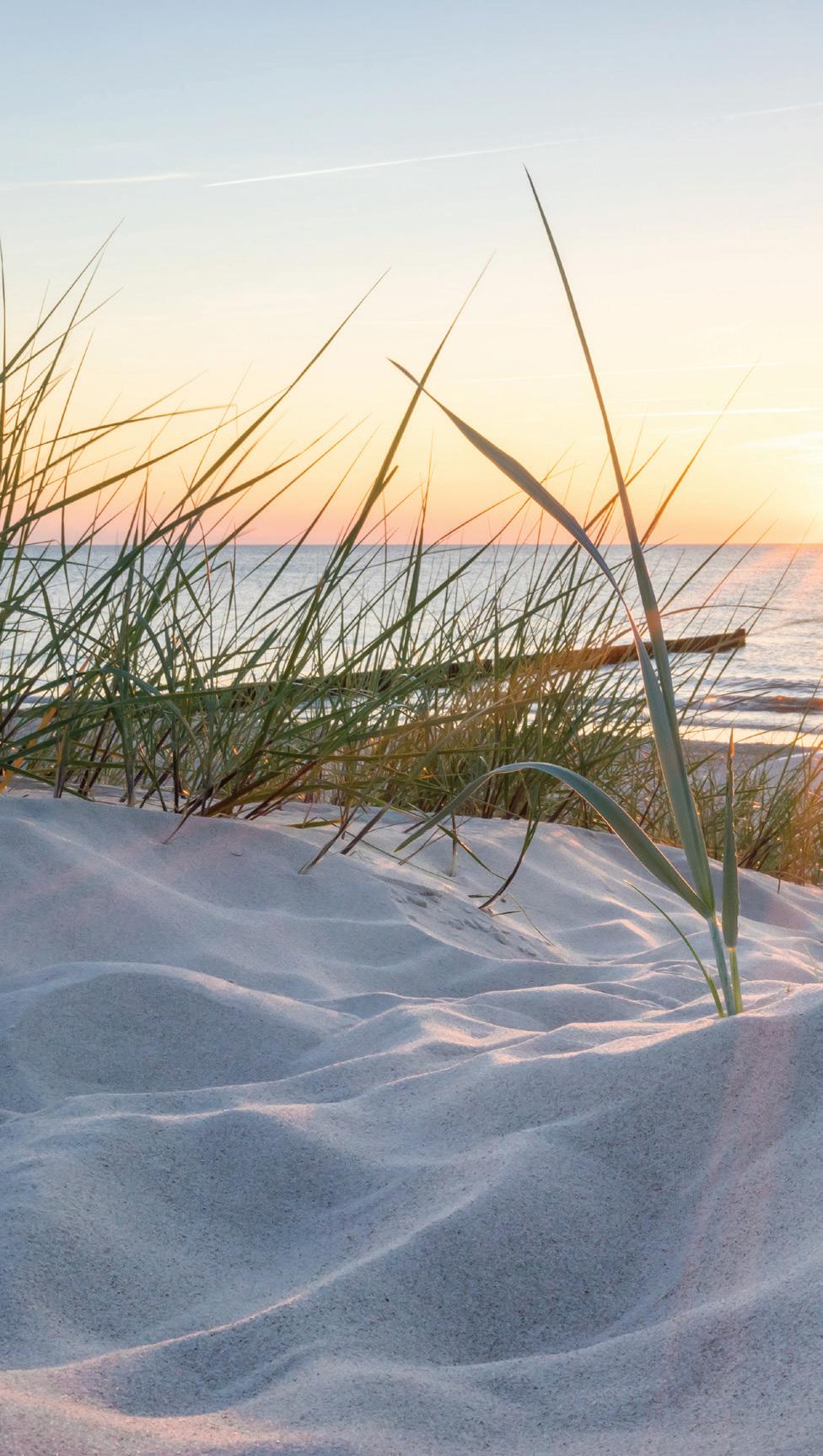










Candy Kitchen has been making homemade salt water taffy, creamy fudge, and handdipped chocolates since 1937. Family owned and operated, Candy Kitchen has passed down original recipes from generation to generation using only the finest ingredients. Over the years, Candy Kitchen has expanded their product line to offer custom packaging, great gifts for all occasions, plush toys and novelties.
Candy Kitchen has 19 convenient locations throughout the beaches of Maryland and Delaware. Come visit one of their stores or shop online and see why Candy Kitchen has been the “Sweetest Place at the Beach” for over 85 years!

Boardwalk
Somerset & Boardwalk
Dorchester & Boardwalk
2nd St. & Boardwalk 9th St. & Boardwalk Coastal Highway









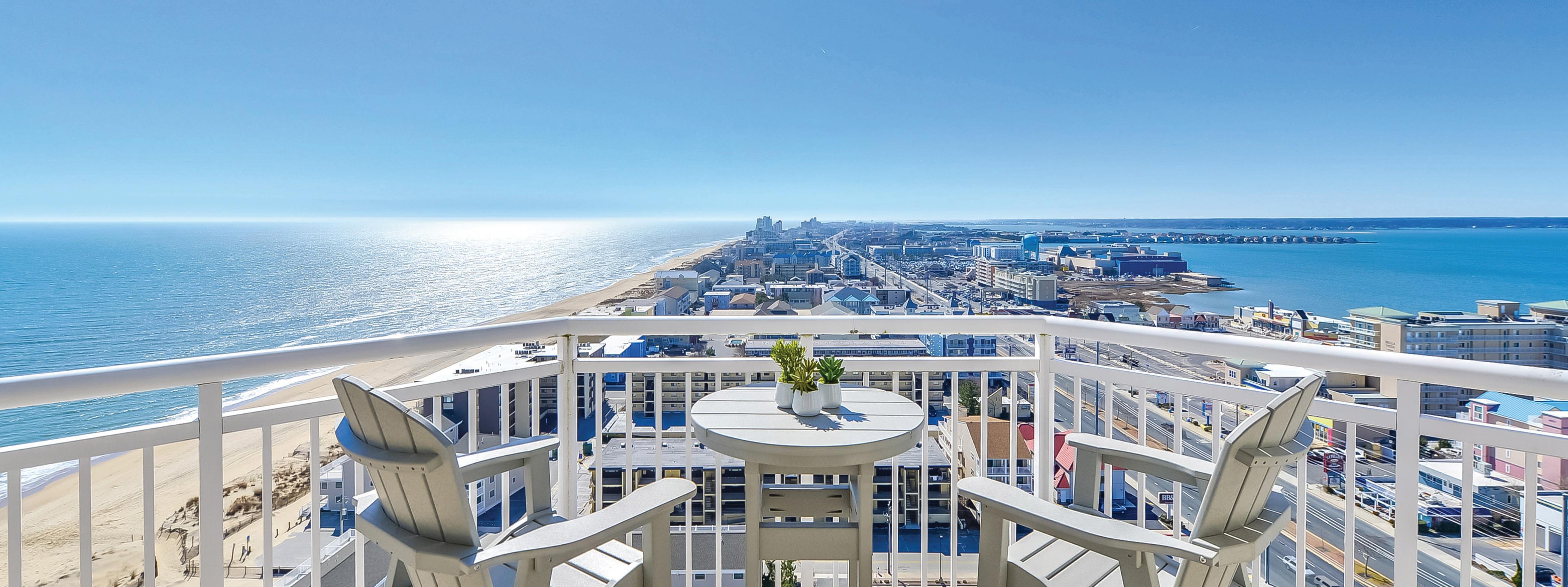





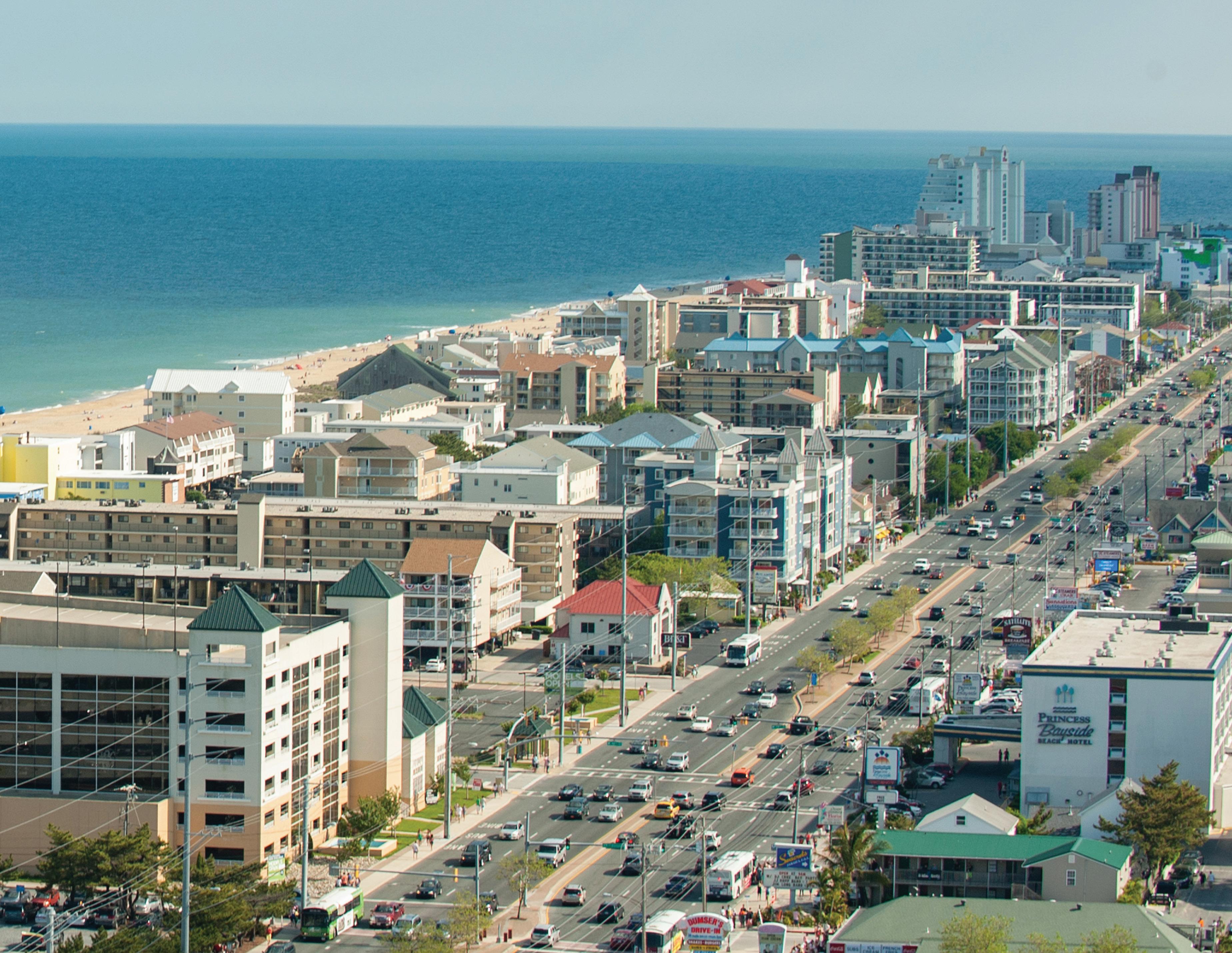

Do you enjoy swimming in the cold, refreshing ocean regularly? If so, it probably means you're lucky enough to live near the shore. If not, perhaps you should ensure regular beach vacations are a part of your life. Humanity has known about the health benefits of swimming in the ocean for thousands of years. The ancient Greek physician, Hippocrates, encouraged others to take advantage of the health benefits that bathing in seawater can offer. Here are a few reasons to swim in the cold ocean as often as possible:
Have you ever observed the positive impact a swim in the ocean has on your skin?
The sea is rich in natural minerals. For example, ocean water contains sulfur, sodium, selenium, magnesium, potassium, and calcium. Many people pay good money for skin lotions that contain such ingredients. You can enjoy the benefits of such minerals and skin health for free if you regularly bathe in the ocean. Swimming in the ocean may also be therapeutic for people who suffer from particular skin conditions. For example, regular sun exposure and bathing in salty water can provide people living with psoriasis
with significant remission from their condition.
Moreover, bathing in the ocean may help those suffering from acne. That's because salt has antibacterial and antimicrobial properties.
However, before you jump into the ocean for a dip to improve your skin, take a few precautions. If the weather is warm, protect your skin against the sun's damaging rays with a good quality sunscreen. Also, consider that humans are polluting the oceans and seas with various poisons. Therefore, swimming in the ocean is not good if you have any open wounds. It's wise to shower as soon as you can after swimming in the sea.
Swimming in the cold water of the ocean regularly can be brilliant for your mental health. This is because exposure to cold water releases three mood-boosting hormones into the bloodstream. These hormones are dopamine, noradrenaline, and endorphins. Higher levels of such hormones can help to treat depression symptoms.
Exposure to cold water via ocean bathing can also help with the practice of mindfulness, as evidenced by Dutch journalist Wim Hof. Hof regularly endures frigid temperatures. He claims regular exposure to colder temperatures will reduce stress, improve sleep quality, and give you more energy.
How can exposing your body to the cold via an ocean swim help with mindfulness? People who practice mindfulness strive to live in the present moment rather than thinking about the past or the future. If you're physically cold, it's rather challenging to think about anything other than the icy temperature you're experiencing.
Swimming in the frigid ocean regularly can also improve your blood circulation. Hydrotherapy employing exposure to cold temperatures results in increased blood flow to the tissues beneath the sites of cold exposure. Poor circulation can lead to serious health complications, including heart failure, stroke, blood clots, and ulcers. With this in mind, why not improve your circulation by swimming in the cold ocean whenever possible?
When your body is exposed to the ocean's cold water, it causes a stress reaction. This stress reaction can trigger the production of extra white blood cells, namely monocytes and lymphocytes.
Recent and ongoing world events prove that humans risk harm from various pathogens. To fight off potentially dangerous illnesses, you need a healthy immune system with many white blood cells. If you want to strengthen your immune system, consider swimming in the chilly ocean whenever possible.
Could regular dips in the icy-cold ocean help you manage your weight? Swimming is an excellent form of cardiovascular exercise. However, unlike other forms of cardiovascular exercise, swimming doesn't stress your joints. Additionally, colder temperatures can help your body produce more brown fat cells. Brown fat is good for weight control. It enables the body to burn calories. It can also help to regulate insulin levels.
Obesity is a serious health condition in the United States and other parts of the world. Moreover, being seriously overweight can lead to other potentially life-threatening health conditions such as cardiovascular disease and type two diabetes. If you're trying to manage your weight, a regular swim in the ocean or any other cold body of water can help you to shed a few pounds and improve your overall health.
Perhaps you don't live anywhere near an ocean or any other cold body of water. In that case, try to book a vacation to the sea as often as your budget allows. Remember that short holidays can be less expensive and who doesn't welcome a quick get-away? The beaches are less busy in the off-season and less hustle and bustle makes for even more relaxation.
Vacations cost less in the off-season. If you peruse the internet, you'll see many excellent, reasonably-priced beach weekends in the cooler shoulder and winter seasons.
If frequent ocean vacations aren't possible, there are other ways of experiencing the health benefits associated with exposure to cold water. For example, you may want to try a cold shower now and again. You could even try the occasional ice bath if you feel courageous.
Bathing or swimming in the cold ocean doesn't sound difficult. However, it requires an element of courage. This is due to the shock to the system that cold water causes. Yet, it's worth being brave and finding the courage to endure the chilly water intermittently. Doing so will enable you to enjoy all of the associated health benefits. So why wait? Take the plunge as soon as you can. Then you'll know how great exposure to cold ocean water is for your health and well-being.
The Ocean City Beach Patrol is responsible for maintaining a safe, secure, and enjoyable atmosphere on the beach and in the ocean. The Surf Rescue Technician on the stand carries out this responsibility, by informing the public and enforcing applicable rules, laws and local ordinances. For your protection and safety, the activities below are either Prohibited or Regulated by Beach Patrol.
• No alcoholic beverages
• No dogs on the beach, between May 1 - Sept. 30
• No sleeping on the beach between 10 p.m. & 6 a.m.
• No use of skim boards between 10 a.m. & 5:30 p.m.
• No glass containers
• No loud music
The following activities are under the discretion of Beach Patrol
• Ball playing and Frisbee throwing
• Umbrella placement beyond the established line
• Kite flying
• Digging holes in the sand
• Fishing while OCBP is on duty
• Surfing in designated areas only (See Surfing Beaches)
• Learn to swim and obey the rules of the swimming area.
• Swim in patrolled areas only; 10 a.m. –5:30 p.m.
• Never swim alone.
• Check with the lifeguard about current conditions before entering the ocean.

• Obey all laws, ordinances, rules and directives from lifeguards.
• If you hear a whistle, stop what you are doing and look directly at the lifeguard for information.
• Never dive into unknown water or shallow breaking waves.
• Don’t swim near wooden pilings, rock jetties or the pier.
• Rely on your swimming ability rather than a flotation device.
• If you are unable to swim out of a strong current, call or wave for help.
• The ocean can be unpredictable, treat it with respect.
• Take seriously, the warning of the SRT (Surf Rescue Technician/Lifeguard) when storms are in the area. The Ocean City Beach Patrol is in constant communication with the National Weather Service. When instructed by Beach Patrol personnel, please secure your belongings and leave the beach immediately for everyone’s safety.
Lifeguards — Introduce your child to the lifeguard on your beach. Explain to them that if they get lost, go to the nearest lifeguard and tell them that they are lost. The lifeguards will help family members reunite.


A message from the Ocean city Beach Patrol
Sunscreen Remember to apply sunscreen with a minimum of SPF 30, thirty minutes before going outdoors and again every two hours even if your sunscreen is waterproof. Apply sunscreen to your whole body; your bathing suit can move and expose unprotected skin. There is no such thing as all-day protection. Sunburn is the most common injury that happens to people at the beach. A blistering sunburn during adolescence doubles the chance of developing skin cancer later in life.
Fluids — When you are outside in warm weather, your body needs plenty of water. Remember to drink lots of water even if you are not thirsty. Dehydration can be a serious problem, so drink plenty of liquids. Water is best.
Be careful when digging holes. No hole should be deeper than the knees of the shortest person near the hole. Sand is very unstable and may suddenly collapse without warning and cause a suffocation emergency. Holes also create a potential danger for those people responsible for maintaining and patrolling the beach throughout the night. This hole was so deep that a six-foot man would have only been able to touch the rim with hands overhead. If this hole had collapsed, the outcome would have been a fatality. They never thought they might have been digging their own grave. Remember, if you dig it, fill it. We are glad you are here, and we want you to remain safe!

Learn how to swim — If you don’t know how to swim, don’t go in the water!
The water may not be as deep as it looks. Never dive off of piers, rock jetties or surfboards. Diving in shallow water can be dangerous and can even cause you to become paralyzed.
 Actual Hole on OC Beach Image courtesy OCBP
Actual Hole on OC Beach Image courtesy OCBP
Bodyboards, Noodles, and other Flotation Aids can be considered a hazard in the ocean. Many drownings and rescue incidents are associated with the use of inappropriate flotation devices. Many people associate “safety” with flotation aids and feel safe going out much further than they should. Currents or wind can move an unsuspecting person into deep water or far off shore. This is an invitation to disaster; people may be separated from the device by waves, slipping off or choose to prematurely let go of the device to try and make better progress to shore. Remember, flotation aids that move with waves travel with considerable speeds with the compound force of the wave behind you. The weight of a person on a speeding object may cause an injury if there is a collision with another person or the hard packed beach surface. Hard objects, such as surfboards, kayaks and skim boards can be especially hazardous. For these reasons, Coast Guard approved lifejackets are the only devices allowed on the lifeguard protected beach.
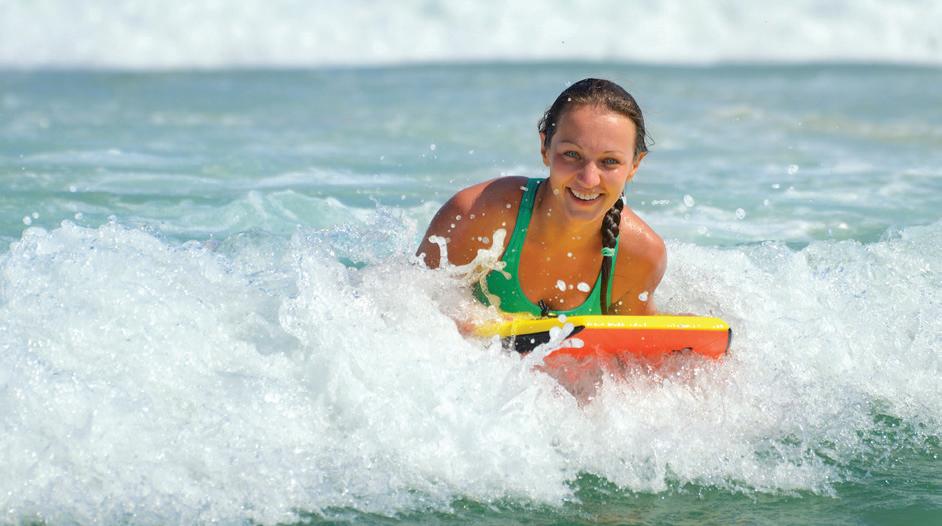
Most jellyfish in our area are not toxic enough to give you more than a little sting and a rash. If stung by a jellyfish, get a medical professional or marine animal expert to help determine the type of jellyfish to help assess the proper method of treatment. Check to see if lifeguards are flying a purple flag.
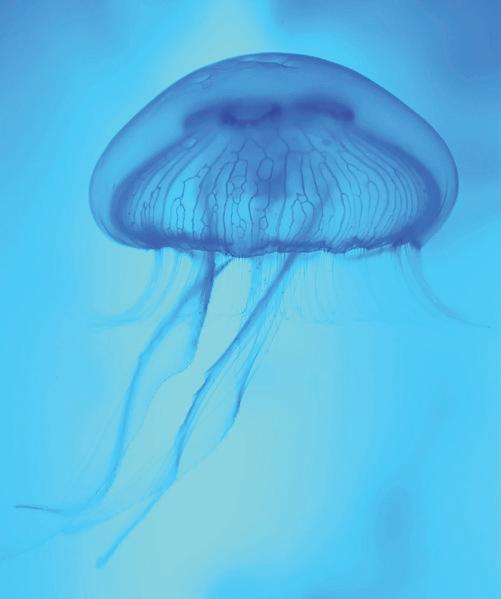
The Unsecured Umbrella: An umbrella blown across the beach by the wind has caused many injuries. When strong gusty winds blow, umbrella tops should be set facing into the wind. Make sure a good size hole is dug and pack in sand firmly around it.







You might want to think twice before digging that hold to China…beach dangers can occur in the sand as well as the surf! More people are killed or injured every year from a sand hole collapsing than a shark attack. When people dig really large holes, we’re talking multiple feet deep, they run the risk of the hole caving in on them. What’s more, the collapsing sand completely submerges the victim, leaving no evidence of what just occurred—a scary thought if no one was watching. Digging sand tunnels can also be dangerous and can collapse on the person digging the tunnel. How to avoid a sand trap? Don’t dig holes deeper than your knees and fill in any stray holes you may see at the beach.
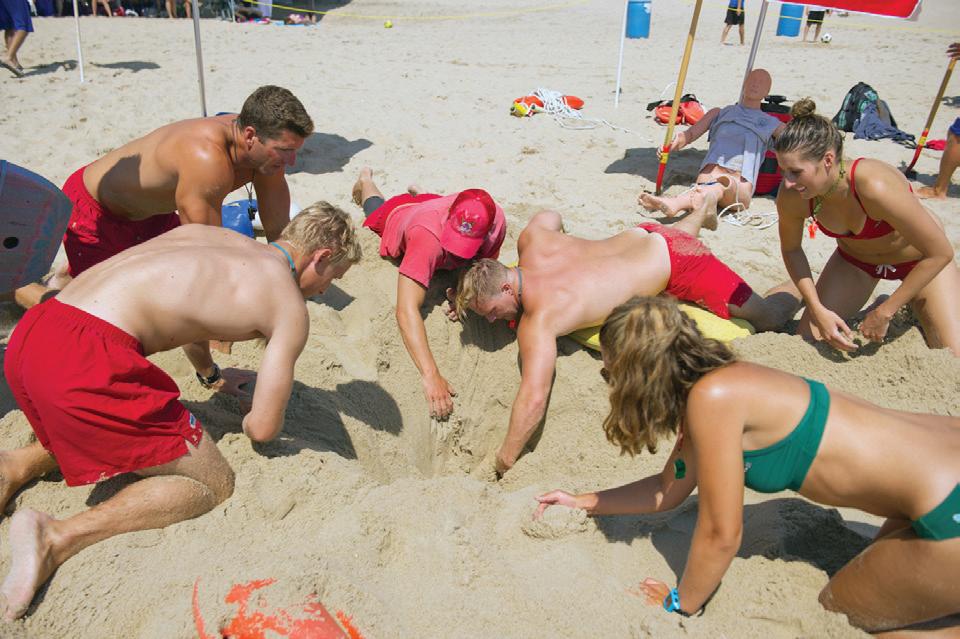
Shark: During the rare occasion of a shark sighting, the beach may be closed to entry. A closure may also occur if a school of bluefish are in a “feeding frenzy.” The risk of a shark attack is low however; there are ways to lower the risk even further. For instance, don’t swim at dawn, dusk and night, swim with a buddy, don’t go in the water if you are bleeding and stay clear of schooling bluefish and other schooling fish.

Strong Surf Onshore winds cause waves. Because ocean winds vary, waves change from day to day. All waves deserve respect. Body surfing and swim fins are allowed in the lifeguard area – be careful! Do not try to ride waves that are too forceful for your level of skill. Sand abrasions, broken limbs, dislocated shoulders and spinal injuries are not uncommon as a result of being thrown to the hard packed beach bottom. To escape a waves great force, you can duck under or retreat from breaking waves. If you are riding a wave in some fashion, and are thrown off, try and prevent direct head and neck contact with the ocean floor. Do not run and dive into the surf if you do not know the depth and topography.
When people picture deadly threats at the beach, the heart-stopping image of a shark fin emerging from the water immediately comes to mind. However, beachgoers are 10 times more likely to be killed by a rip current than a shark attack. Rip currents are fast moving streams of water that knock swimmers off of their feet and drag them further away from shore. When this happens, it is best to swim with the current, not against it, as counterintuitive as it seems. Most victims of rip currents actually die of exhaustion, not drowning, because they tried to fight the rip current and ultimately lost. Swimmers are advised to swim parallel out of the current then back into the shore.








Shorebreak — Stay away from the big waves that crash onto the shore. This is called “shore break” and the waves can hurt you. Shore break is a condition when large waves break directly on shore. These waves can throw swimmers onto the sand very hard. These waves are unpredictable and dangerous because they can cause shoulder, neck and back injuries to even the most experienced swimmer. When body surfing, it is recommended doing so with your head up and your arms out in front of your body to protect yourself.
Shore













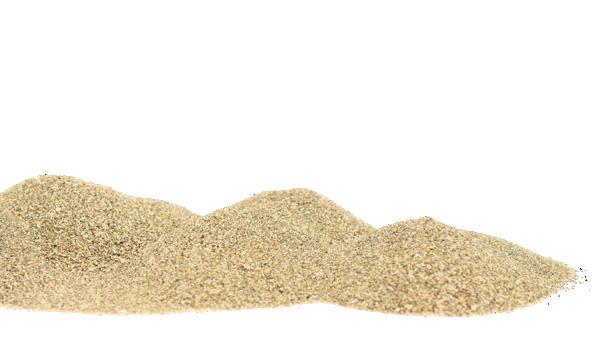




Be aware that the surf zone topography can be variable. A beach face may be narrow or steep. The trough and terrace may contain ridges, holes and drop offs. Often, when the depth is only waist deep on the sandbar, the water will be over your head on the way out. In other areas, it may be shallow the whole way out to the sandbar. For your protection, people will be kept off the sandbar until it is reasonably safe for young people and poor swimmers alike, to access the sandbar.


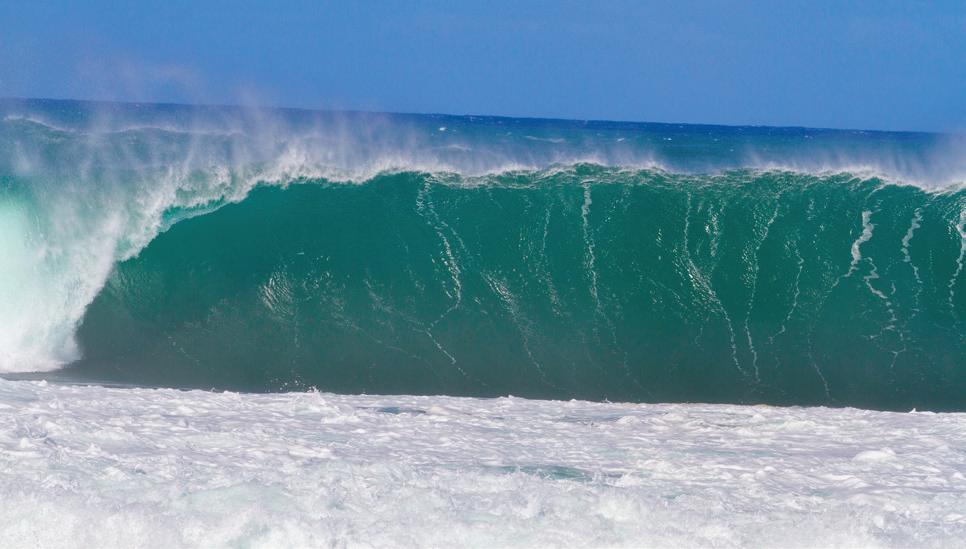
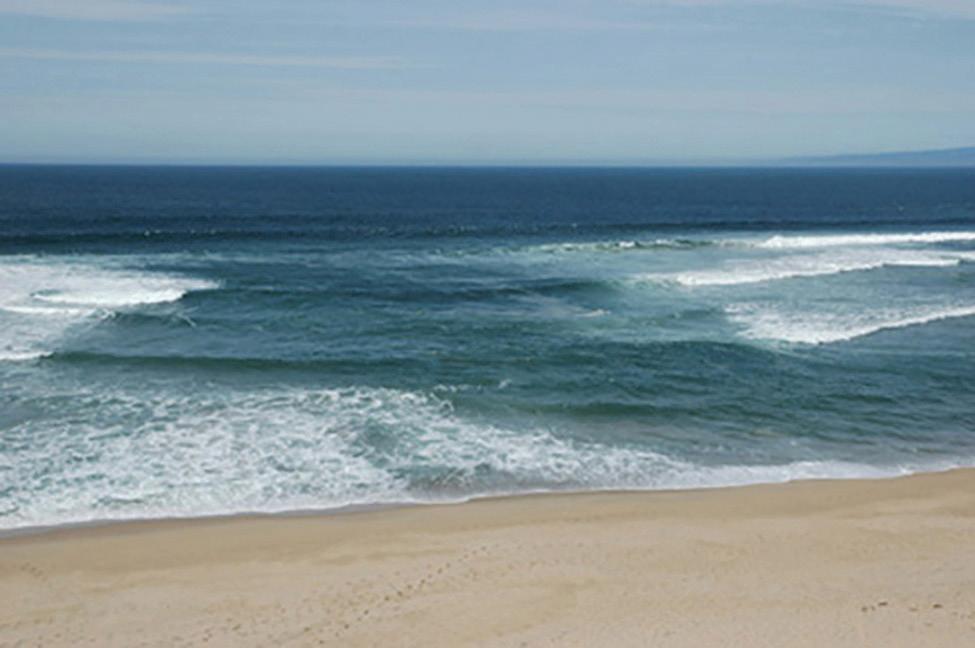
Lightning — is the third deadliest threat for carefree sunbathers and swimmers every year. When a storm rolls in, beaches will often close: that’s because even though beaches are not as tall as skyscrapers, they are common places for lightning to strike. Get out of the water and leave the beach if you see lightning or hear thunder. The lifeguards are in constant communication with the National Weather Service and will clear the beach if lightning is near. Listen to the directions of the lifeguard at your beach at all times and do what they say. So when the clouds start forming and the winds begin to howl, don’t wait for it to blow over—pack up that umbrella and head home.
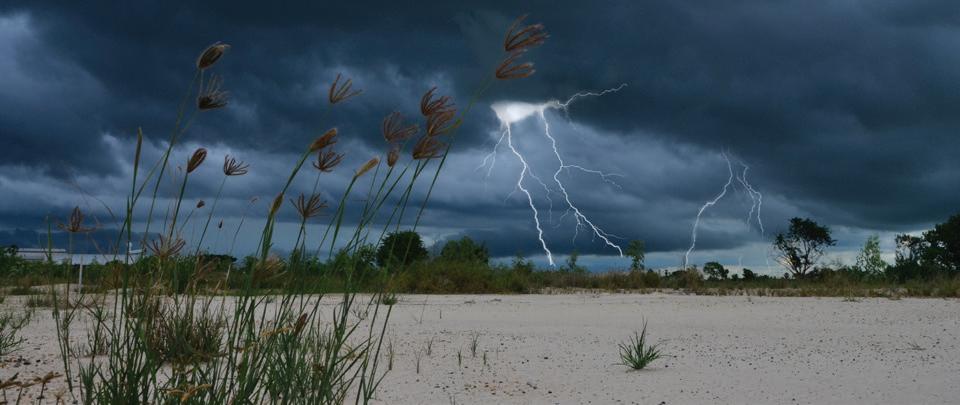
We all love our summer vacations at the beach. The sun, sand, and surf are something that we look forward to all year long. The ocean is so restorative. However, it's also a force of nature, and depending on the day there could be a dangerous force lurking in the sea; Rip Currents. These rip currents are narrow channels of fast-moving water that are very powerful. Rip currents can occur at any beach with breaking waves; they most often form at low spots or breaks in the sandbars. They can be found along most coasts of the United States, including the East, Gulf, and West Coasts. Rips can also be seen along the shores of the Great Lakes. The term "rip current" is often confused with "riptides," but the two are unique occurrences. A riptide is a specific current that describes that swift movement of tidal water through the mouth of estuaries, harbors, and inlets. Rip currents can be as narrow as 10 or 20 feet in width, though they may be up to ten times wider. The length of the rip current also varies. Rip currents begin to slow down as they move offshore, beyond the breaking waves, but sometimes extend for hundreds of feet beyond the surf zone.
According to the U.S. Lifesaving Association (USLA), more than 80 percent of the surf beach rescues, performed by lifeguards, each year, involve rip currents.
Rip currents are not always easy to identify. Quickly changing wave heights, which occur when a large set of swells rolls in, can trigger a rip current. Some visual signs that may indicate the presence of a rip current include a break in the pattern of incoming waves, choppy water, seaweed or debris moving steadily seaward, a channel of churning choppy water, or an area where the water appears to be a different color from the surrounding water. The risk of rip currents is determined by many factors, including weather, tides, local variations in beach shape and how waves break offshore. Some beaches may have rip currents nearly all the time, while other beaches almost never see the dangerous flows. Even if you don’t spot any of these signs, a rip current could still be present. The United States Lifesaving Association (USLA) recommends wearing polarized sunglasses to see these ocean features more clearly.

Rip currents are the leading hazard for all beach-goers. They pose the most significant risk to those that are weak or non-swimmers. Typically rip current speeds are 1-2 feet per second, but there have been speeds as high as 8 feet per second recorded; faster than an Olympic swimmer!

Rips are fast-moving currents of water that can that can even grab a hold of the strongest swimmer and begin to pull them away from the shore. Your initial instinct is to try and counter the rip current by swimming straight back to the beach. However, this approach can put you at risk of drowning from fatigue, as you try to fight the flow. If you do find yourself caught in a rip current, there are a couple of things that you can do to get out. If you are a strong enough swimmer you can try and swim out of the current in a direction that follows the shoreline; “swim with the current.” Once you are free, you can then begin to swim back to shore. If you are unable to get yourself out of the current, you can float or tread water until the current has stopped. If neither of these options works, then wave your arms and call out for help. The potential for rip currents is a prime reason to "keep your feet in the stand until the guard is in the stand!" If you are on the beach and happen to spot someone that is caught in a rip current, the first thing to do is get help from a lifeguard. If there is not a lifeguard available, call 911. It is never a good idea to try and rescue the person yourself unless it is a last resort. There is always a chance that you too could end up caught in the rip current and become a victim as well. If you do decide that you need to help the person immediately make sure that you have someone sort of flotation device with you; a raft, bodyboard or a life preserver. Try to toss the flotation device to the victim without getting too close to the current. You could also try to yell instruction to the person in distress on how to try and escape the rip current.
To keep yourself safe when visiting the beach this summer, it is always a good idea to check the latest National Weather Service forecast for your local beach conditions. When you arrive at the beach, you can always ask one of the lifeguards about the chance of encountering a rip current that day and also learn of any other hazards that may be present, such as jellyfish.
Look for any of these clues:
• a channel of churning, choppy water
• an area having a notable difference in water color
• a line of foam, seaweed, or debris moving steadily seaward
• a break in the incoming wave pattern
One or more of the above clues may indicate the presence of rip currents. Rip currents are often not readily or easily identifiable to the average beachgoer. For your safety, be aware of this major surf zone hazard.
Polarized sunglasses make it easier to see the rip current clues provided above.
• Never swim alone.
• Be cautious at all times, especially when swimming at unguarded beaches. If in doubt, don’t go out!
• Whenever possible, swim at a lifeguard protected beach.
• Obey all instructions and orders from lifeguards.
• If caught in a rip current, remain calm to conserve energy and think clearly.
• Don’t fight the current. Swim out of the current in a direction following the shoreline. When out of the current, swim towards shore.
• If you are unable to swim out of the rip current, float or calmly tread water. When out of the current, swim towards shore.
• If you are still unable to reach the shore, draw attention to yourself: face the shore, wave your arms, and yell for help.
• If you see someone in trouble, get help from a lifeguard. If a lifeguard is not available, have someone call 9-1-1. Throw the rip current victim something that floats and yell instructions on how to escape. Remember, many people drown while trying to save someone else from a rip current.
Maryland’s Marine Mammal and Sea Turtle Stranding Response Programs were formed in 1990 following the stranding of a bottlenose dolphin in the northern reaches of the Tuckahoe River. Stranding staff will respond to marine mammals and sea turtles in Maryland waters, including both the Chesapeake Bay and the Atlantic Ocean.
The Maryland Department of Natural Resources (MDNR) partners with The National Aquarium Animal Rescue/ Marine Animal Rescue Program to coordinate the stranding response. This program responds to all marine mammals and sea turtles that strand alive, while MDNR responds to the dead strandings.
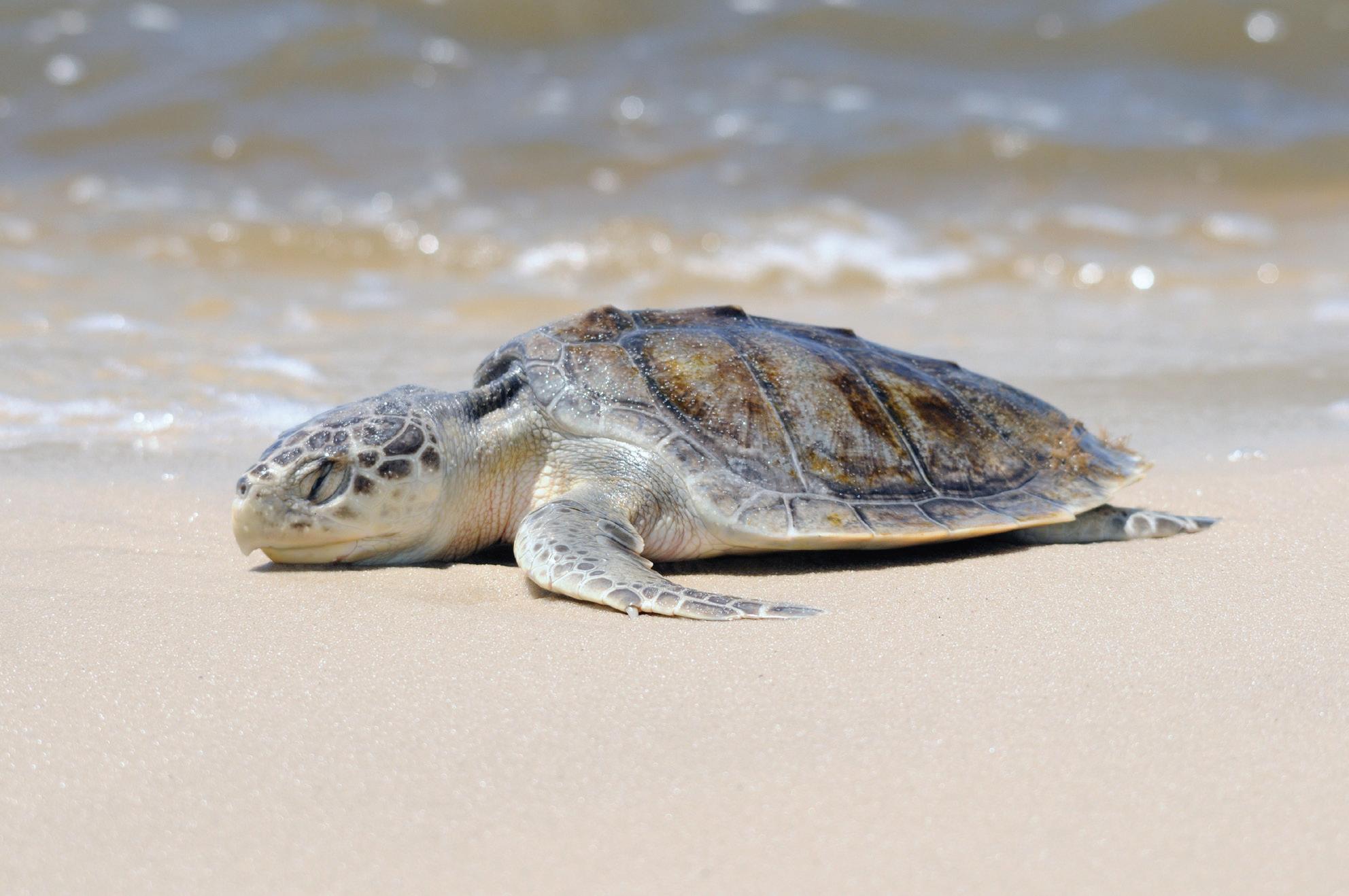
The Smithsonian Institution is another response partner. The staff of their osteo-prep lab assist with the response and receive skeletal specimens of rare species after a necropsy exam has been completed.
The most commonly stranded mammals in Maryland waters include the bottlenose dolphin, the humpback whale, and the harp seal. Marine mammals strand for various reasons, including old age, disease, major trauma (vessel strike), predation, entanglement in fishing gear, and parasitism. On average, 15 marine mammals strand each year. Most strandings occur on the coast of the Atlantic Ocean.
Marine mammals tend to strand seasonally based on the species and their range. For example, the harbor porpoise tends to strand in the late winter or early spring, while the bottlenose dolphin tends to strand in late spring, summer, and early fall. Seals tend to be in Maryland during the winter.
Marine Mammals are protected by law under the Marine Mammal Protection Act, which prohibits the “taking” of marine mammals in all US waters. A “take” is defined as “to harass, hunt, capture, kill, or feed any marine mammal.” Marine mammals are still protected under these laws even after their death. In addition, collecting dead marine mammal remains is also considered a “take.” Violations of the Marine Mammal Protection Act can result in hefty fines, imprisonment, or the seizure of vessels and personal property. Here are a few things you can do to help marine mammals:
KEEP your distance from dolphins and other marine mammals. Put your engine in neutral while the animal(s) pass. Never follow or chase a dolphin, whale, or another marine mammal.
NEVER cast your fishing line where you have seen dolphins and marine mammals surfacing to breathe. Dolphins are naturally curious and may stay near you, especially if you are near fish.
NEVER feed dolphins or other marine mammals; this is just as dangerous for the person as the dolphin.
KEEP all of your trash picked up! Garbage in the water can be confused with food and may be fatal if eaten by dolphins, whales, or other marine mammals.
KEEP your distance from seals! Seals can be aggressive, especially toward pets (i.e., your dog on its leash). Seal bites can be painful and unsafe since they can transmit diseases to humans and domestic pets.
The most commonly stranded Sea Turtle in Maryland is the loggerhead. The largest sea turtle globally, the leather back, which can weigh up to 1 ton, has also been found stranded in the state. On average, Maryland has 25 dead sea turtles strandings each year. Most strandings occur along the Atlantic beaches; however, sea turtles have stranded as far north as the Magothy River in the Chesapeake Bay.
When water temperatures warm, sea turtles visit the Chesapeake Bay and Maryland coastal areas each year. Sea turtles eat a variety of prey found within our waters, including jellyfish, horseshoe crabs, crabs, and whelks. Individuals often return to the same feeding grounds each year and between nesting periods.
Sea turtles strand due to a variety of natural and human causes. Natural causes of stranding or death can be due to old age, disease, predation, and hypothermia. Human-induced strandings can be precipitated by hunting, boat strikes, fishing gear entanglement, and habitat degradation.
Sea turtles are protected under the Endangered Species Act (1973) and Maryland Non-Game and Endangered Species Conservation Act (1975). Sea turtles are still protected under these laws even after their death. Therefore, collecting dead sea turtle remains is also considered a violation. Violations of these laws can result in hefty fines, imprisonment, or the seizure of vessels and personal property.
Ways you can help sea turtles:
NEVER cast your fishing line where you have seen sea turtles surfacing to breathe. Sea turtles may be attracted by your bait and can get hooked on your line, which would damage your rod, and hurt the turtle.
ALWAYS clean up your trash! Sea turtles can confuse garbage, mainly plastic, floating in water for food. If sea turtles eat garbage, they can die.
RECYCLE your monofilament line! Even small pieces can entangle a sea turtle or be confused for food.
REDUCE your speed in areas where sea turtles are seen. Sea turtles are susceptible to boat strikes which are fatal in most cases.
The Maryland Department of Natural Resources Stranding Response Program operates from the Cooperative Oxford Laboratory in Oxford, Maryland. The Marine Mammal and Sea Turtle Stranding Program is part of the Fish and Wildlife Health Program, which monitors and investigates fish and wildlife mortality throughout Maryland.
Call 800-628-9944 to report a stranded marine mammal or sea turtle (dead or alive). This number is available 24 hrs a day, seven days a week.
Stranded mammals or turtles with deep cuts or embedded hooks will require veterinary care. Please call Stranding Responders immediately at 410-373-0083 or 443-758-6607 or US Coast Guard on CH-16 on your VHF radio.

“NEVER feed dolphins or other marine mammals; this is just as dangerous for the person as the dolphin.”

Ørsted’s Skipjack Wind project will bring thousands of jobs, clean energy, and transformative infrastructure to the region. Skipjack Wind secures Maryland and Delaware’s central position in the new American offshore wind industry for decades to come – not only as a hub for new manufacturing and port facilities to serve this growing sector, but also as a training center for the new green workforce.
Together, we can build a cleaner, greener future – one rotation at a time. Learn more at skipjackwind.com



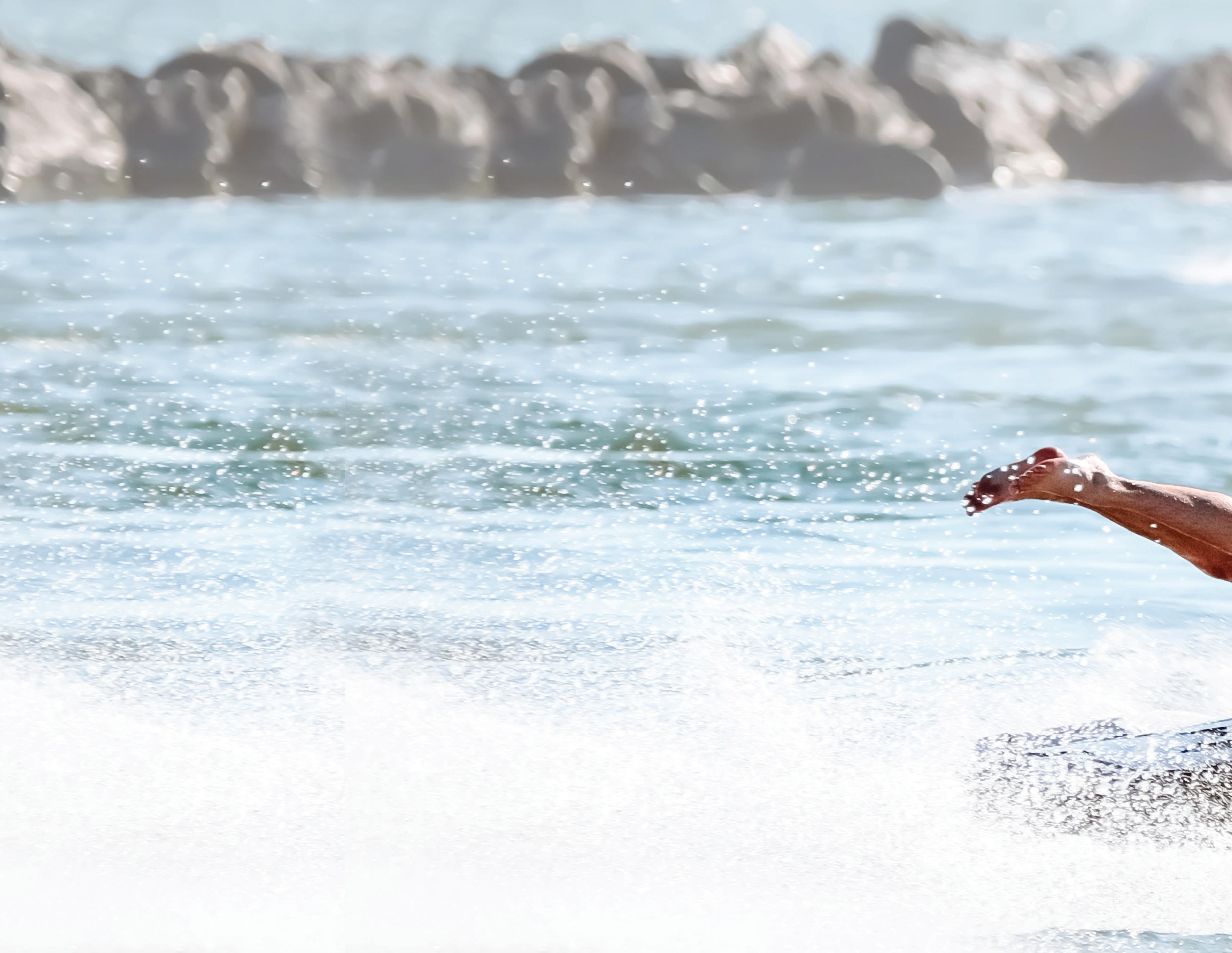

WhenWyou're ready to shake the sand from your shoes, there are many things to do in town. You could explore the Boardwalk with all of its festive beach food. Maybe you're up for some water sports? Rent a jet ski, a pontoon boat, or paddle-board. You might hop on a fishing charter or an excursion boat to take a day trip to nearby Smith Island. The sea-level rise there so dramatic the Island could disappear before the turn of the century; check it out before it's gone!

Assateague Island National Seashore is close by, where there are trails to hike, waters to kayak, wild ponies to see, and more. It's a great day to spend in nature, and if you still need another dip in the Ocean, it's right there too.
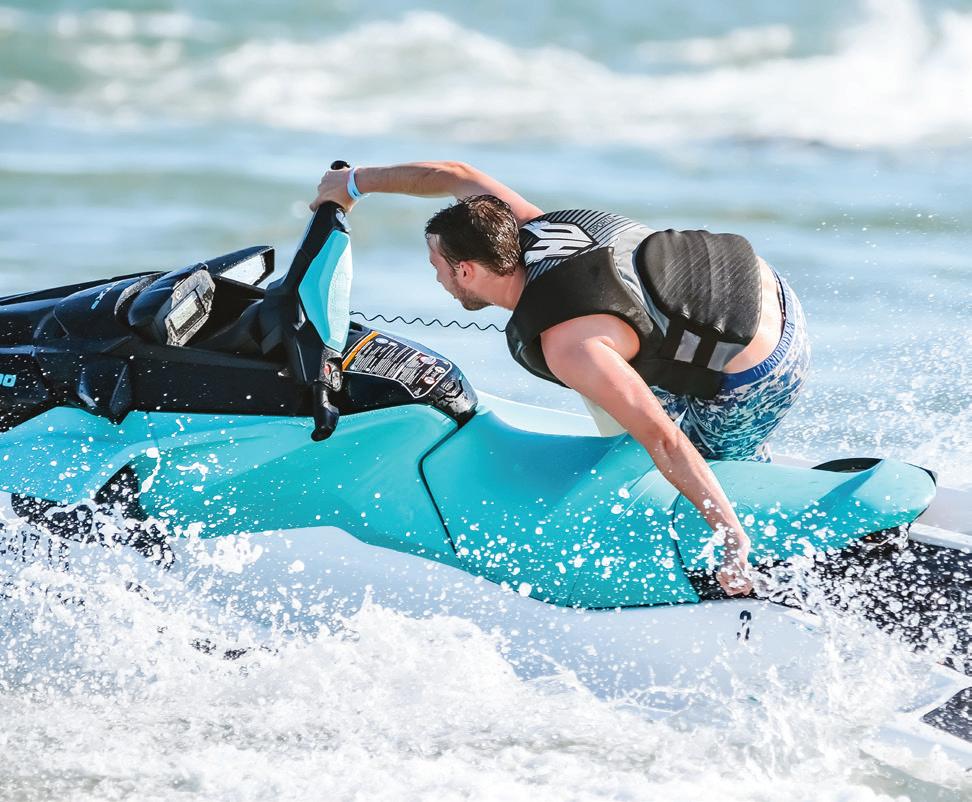
Play a round of golf on one of our world-class courses, and after catch a local happy hour with seafood appetizers fresh from the dock.
Keep turning the pages we can offer some outstanding suggestions.
Inlet Park: Southernmost park with viewing binoculars and informational signs. Ocean City's time capsule is located here.
Downtown Recreation Complex: 3rd St., bayside. basketball courts, ballfields, skate park, (in-line skating and skateboarding), 2 tennis courts, playground equipment, area for bay fishing.
Robin Park: 28th St., landscaped open space with playground equipment.
OC Tennis Center: 61st St., lighted tennis courts, 6 premier courts, 3 Lee Fast-Dry clay courts.
Little Salisbury: 94th St. Park, bayside, next to the Art League building. Tennis courts, playground, basketball court, dog playground.
Jamestown Park: Landscaped promenade off 116th St., bayside.
Northside Park: 125th St, bayside. Fifty-eight acres with lighted ball fields, fishing lagoon, ADA accessible playground, picnic area, two piers, jogging paths, sports fields, indoor gymnasium.
Gorman Park: Derrickson Ave. at 136th St., bayside. Tennis court, racquetball court, playground and picnic shelter.
Fiesta Park: Off 141 St., wooded park with nature trails and picnic area.
North Surf Park: Laurel Rd., bayside, turn left off 142nd St., open space for picnics with tot lot.
Sunset Park: S. Division St., bayside promenade with views of the bay and Assateague.
For complete information, contact the Recreation and Parks Office: 410-250-0125.
For sports enthusiasts, the Ocean City Recreation and Parks Department operates a variety of activities to keep fit and have fun.

Tennis: Courts are located bayside at: 3rd St., 61st St., 94th St., and 136th St. For more information, or to reserve a tennis court, call 410-524-8337, in season.
Racquetball: One 3-wall court, 136th St., Gorman Park, bayside.
Skate Park: 3rd St. & St. Louis Ave, Open year-round. Call 410-289-2695.
Basketball: Courts are located at 4th St. & St. Louis Ave; 94th St., bayside; 125th St., bayside (indoor).
Volleyball: Volleyball nets will be set up on the beach for summer. Open to everyone at no charge. Nets are available at the Inlet, 2nd St., 4th St., 5th St., 7th St., 9th St., and 11th St., and 10 courts at Dorchester Street.
Golf: Eagle's Landing off Rt. 611. 410-213-7277.
Other sports facilities are available. Certain fees and restrictions may apply. Please call 410-250-0125 for details.
Assateague Island Park, Rt. 611 at Assateague Island Bridge Gum Point Road off Rt. 589, West Ocean City OC Commercial Harbor, 12806 Sunset Ave., West Ocean City
Inlet Park, Downtown Ocean City at OC Inlet
3rd St. Pier, bayside
9th St. Pier, bayside
Northside Park, 125th St., bayside
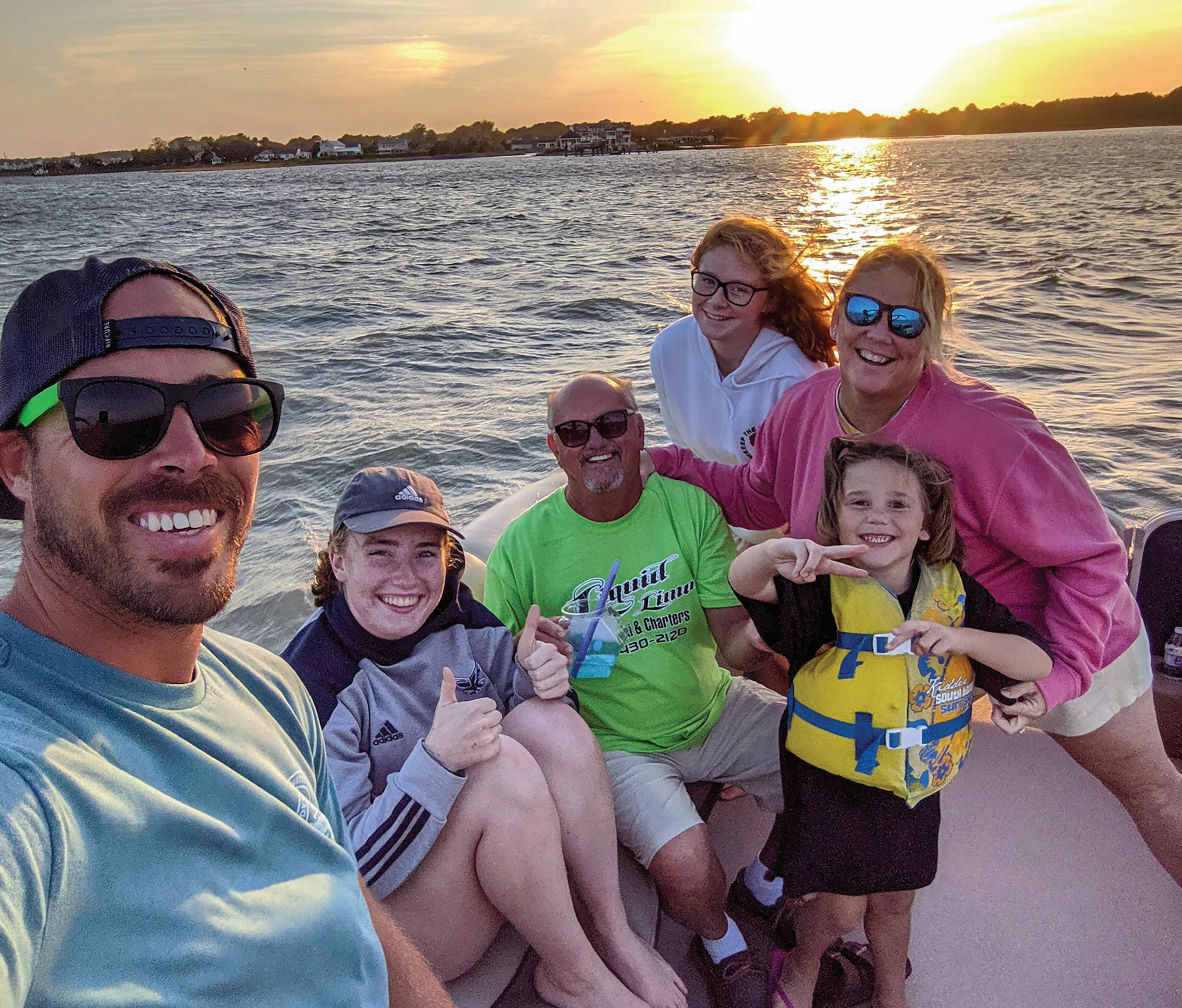







A family-owned and operated watersports rental for over 25 years. Now with multiple locations offering Ocean City, MD locals and visitors a jetski rental, VIP Jetski summer storage location, and a Watercraft Service Shop. Visit us online at OdysseaWatersports.com to learn more or to make your free reservation. Watercraft and Trailer storage is now offered, please call to make an appointment or reserve your spot online.







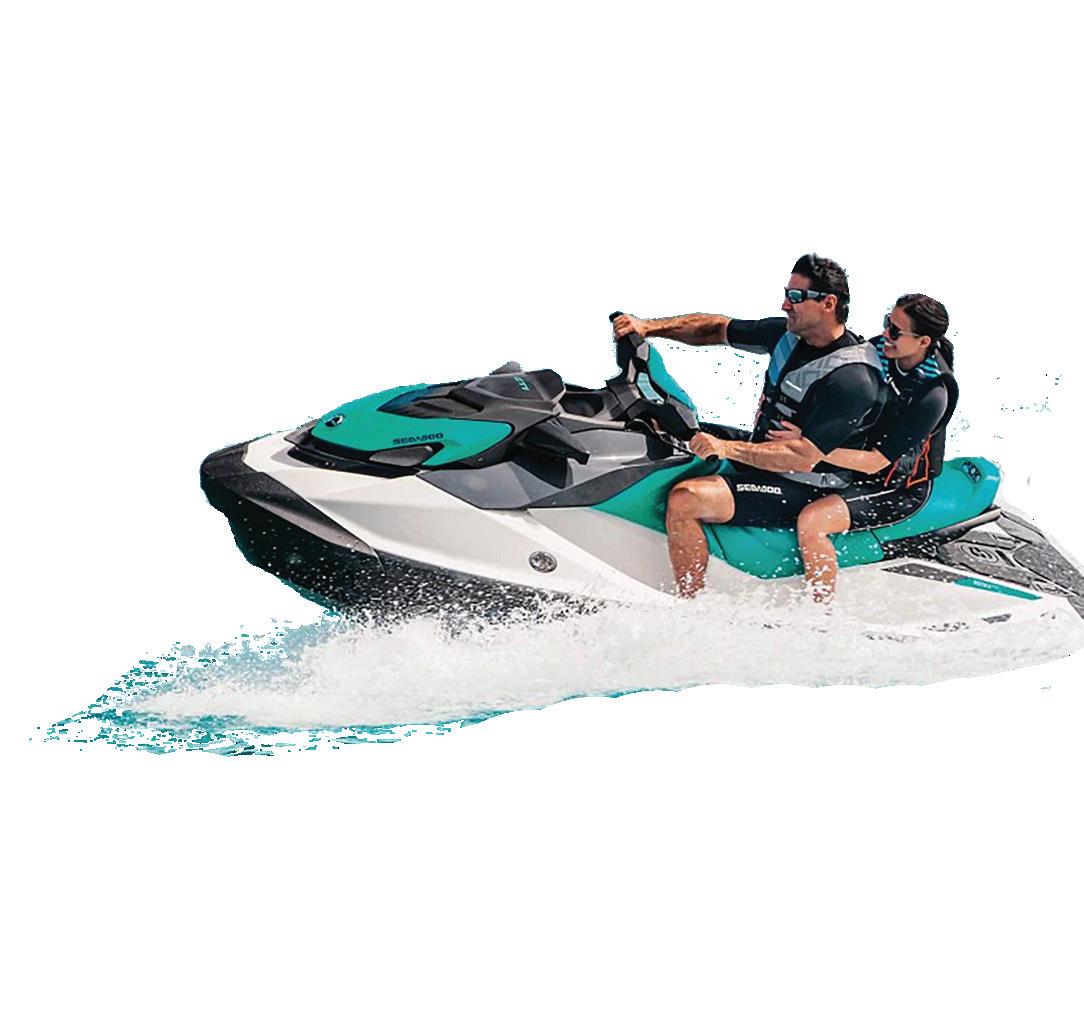







From the fall through the early summer, Fox Gold Coast presents broadcasts of the Metropolitan Opera Live in HD. With exclusive behind-the-scenes content, including backstage interviews hosted by your favorite Met stars, the Live in HD series creates a unique and immersive opera experience that you won’t want to miss. Classic movies, concerts and broadway musicals can also be enjoyed year-round from the comfort of Fox Gold Coast’s heated luxury recliners.
From the fall through the early summer, Fox Gold Coast presents broadcasts of the Metropolitan Opera Live in HD. With exclusive behind-the-scenes content, including backstage interviews hosted by your favorite Met stars, the Live in HD series creates a unique and immersive opera experience that you won’t want to miss. Classic movies, concerts and broadway musicals can also be enjoyed year-round from the comfort of Fox Gold Coast’s heated luxury recliners.
Spring & Summer Highlights
Spring & Summer Highlights
March Lohengrin (Wagner)
March Lohengrin (Wagner)
April Falstaff (Verdi)
April Falstaff (Verdi)
Der Rosenkavalier (Strauss)
Der Rosenkavalier (Strauss)
May Champion (Blanchard/Cristofer)
May Champion (Blanchard/Cristofer)
June Don Giovanni (Mozart)
June Don Giovanni (Mozart)
Die Zauberflöte (Mozart)
Die Zauberflöte (Mozart)
Fox Gold Coast Theater
Located
Located
www.foxshowtimes.com
(410)
(410) 213-1505


Ocean City has large beach crowds from Memorial Day to Labor Day. To keep everyone safe, surfing is only permitted in designated areas during the beach patrol's operating hours of 10 a.m. to 5:30 p.m. Seven days a week, Ocean City has two rotating surf beaches. On weekdays, a third surfing beach is also set up in the inlet area. No activity other than surfing is allowed in a surf beach area.
The two rotating surf beaches move two blocks south each day. Some beach visitors are upset when they come out to the beach and realize that the surfing beach is "their" beach for the day. However, we try to explain that it isn't that bad when you do the math. Based on the current rotation, a specific street block would not have the surfing beach on the same date for over 20 years. So if your family stays on 94th Street the second week in July every year, and the surfing beach was to be on 94th street this year during that week, it would not happen again for the next 20 years. So giving up your beach to the surfers once every 20 years isn't so bad.
The inlet or third surfing beach operates Monday through Friday and is always in the exact location starting at the south rock jetty at the end of Ocean City and extending 200 yards north. This area was chosen because it is typically not crowded on weekdays and often has surfable waves. Furthermore, swimming near an obstruction such as the rock jetty is not safe.
On certain days when inclement weather affects Ocean City, the Beach Patrol Captain may allow surfing. This decision is made daily with the input of supervisors on the beach. If there are low numbers of people on the beach, and the weather is poor and not predicted to improve, the surfing ordinance may be suspended for a while, known as "modified." There are also other factors taken into consideration when making this decision. On inclement weather days, you can ask any SRT (Lifeguard) on the beach if the surfing ordinance has been suspended or call beach patrol headquarters at 410-289-7556.
Local surf shops will also know when the surfing ordinance has been modified. Even during these conditions, swimmers always have the right of way, and surfers must be at least 50 yards away from any swimmers and wear a leash at all times (Ocean City ordinance). Even during the suspension of the ordinance, we will maintain the surfing beaches scheduled for that day so that the surfing community will still have an exclusive area to surf.

Every surfer wipes out. From the time they first stand on a board to their eventual mastery of the waves, there's always the chance of falling. For young surfers, those thrills and spills can be especially traumatic. And how you handle their first gnarly wreck will make a huge difference in their confidence. Here's how to help them get back out there.
The "you're fine, go again!", approach might seem the best way to build resiliency in your fledgling wave shredders, but it's not the most considerate or productive approach. If you disregard your kid's emotions when she's all shaken up, you're subtly teaching her that her feelings aren't valid. No, you don't want to indulge in theatrics, but always be gentle and listen to her fears. The ocean is powerful and can be scary even for the most experienced surfers. Let her know her feelings are valid and reassure her by checking her over if she claims to be hurt. Consult a lifeguard if there appears to be any serious injury. Then encourage them to get back out there as soon as possible.
When our brains have too much time to focus on what might go wrong, anxiety settles in, and it's soon impossible to enjoy an activity. So we give it up rather than push forward. By encouraging your brood to stay with it, you interrupt the insidious cycle of self-doubt and, hopefully, show them that the next ride is often better. Don't ever force them out before they feel ready, though. And if the pummeling keeps coming- especially when the waves are rough- consider moving on to a new activity and trying another day. A little distraction goes a long way, and on days when every other ride ends with a fall, you don't want them to ruminate on their tough session. So instead, find some different relaxing ways to hang together. Build a sandcastle or grab the boogie boards. Play a few rounds of catch. Help them see the bigger picture: the beach is a magical place they should associate with joy, not fear.
Paddle out with them. Maybe you've already been doing this, but if your little dude falls while on a solo surf, head out with him for the next set of waves. Having you near provides tons of reassurance. You can observe his form, offer tips, and, best of all, applaud him for success. Don't worry if he wants you to be with him for the next few sets. Stick together for as many as it takes. It's more fun for you, too.
Share your own whip-out stories. You've got a few epic fails if you've been surfing for any length of time. When you admit to young surf bums that you, too, had to struggle to improve your skills, they'll see that wiping out is just part of the process. No one can avoid it, not even super-skilled adults. Bonus points if they get to see you wipe out. And see how you don't let a little thing like that stop you from enjoying your time on the water.
Learning a new sport is hard, and everyone stumbles in the beginning, but getting back on that board is the most important thing after getting a full-on nose enema. Through this experience, your kid will learn resilience and perseverance and be a better surfer overall.
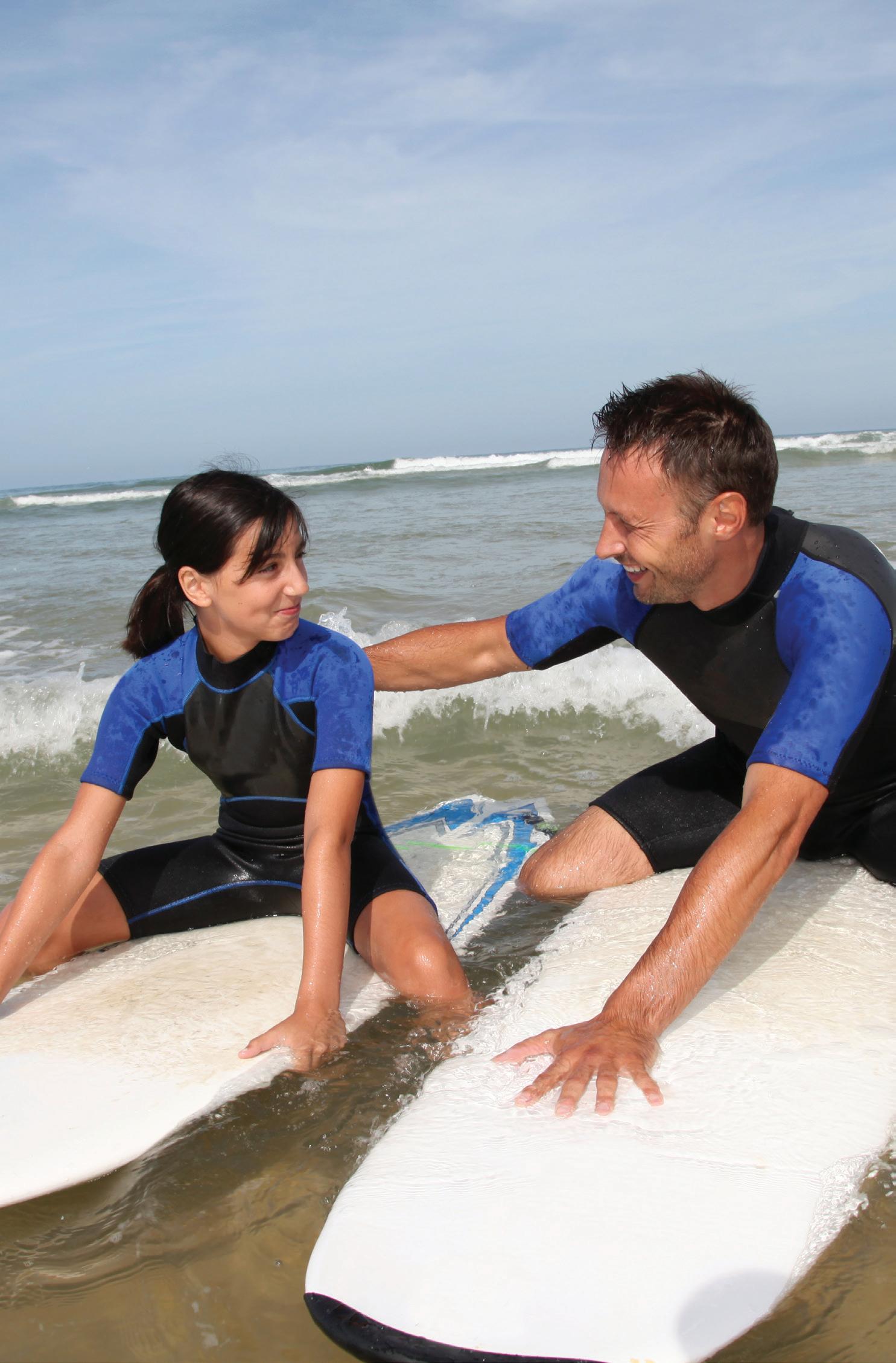
Reservations Required!
Jetski Rentals and VIP jetski storage will be located on 52nd St., formally known as Action Watersports. Look for exciting enhancements at this location!

120 52nd St., Ocean City, MD 21811 410-524-4769
Instagram: @odysseajetskirentals
Facebook: Odyssea Jetski Rentals
Their new watercraft service shop opened at the end of August '22 in Ocean Pines, MD. This is a full-service shop and storage facility for boats and Jetskis. In addition, summer "Self-Service Storage" is available and can be booked online.
11206 Five L Drive, Ocean Pines, MD 21842 410-975-7938
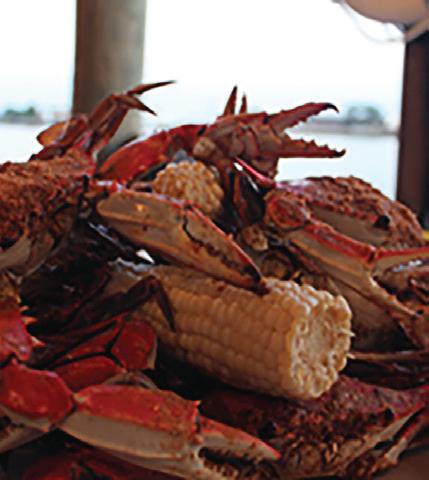
Instagram: @odysseajetandpropshop
Facebook: Odyssea Jet & Prop Shop
Cruise/Crab
Packages Available
A Smith Island Cruise is a fun and inexpensive way to explore Maryland's last frontier, Smith Island. It’s also the home of the Maryland State Dessert, the famous Smith Island Layer Cake. So much to explore; museums, gift shops, restaurants and more! Bike and golf cart rentals available on the island. Leaves from Crisfield at 12:30 p.m. and leaves Ewell at 4:00 p.m. Purchase your tickets online at SmithIslandCruises.com

Rt. 413 to Crisfield, Tickets at the Capt. Tyler Motel smithislandcruises.com
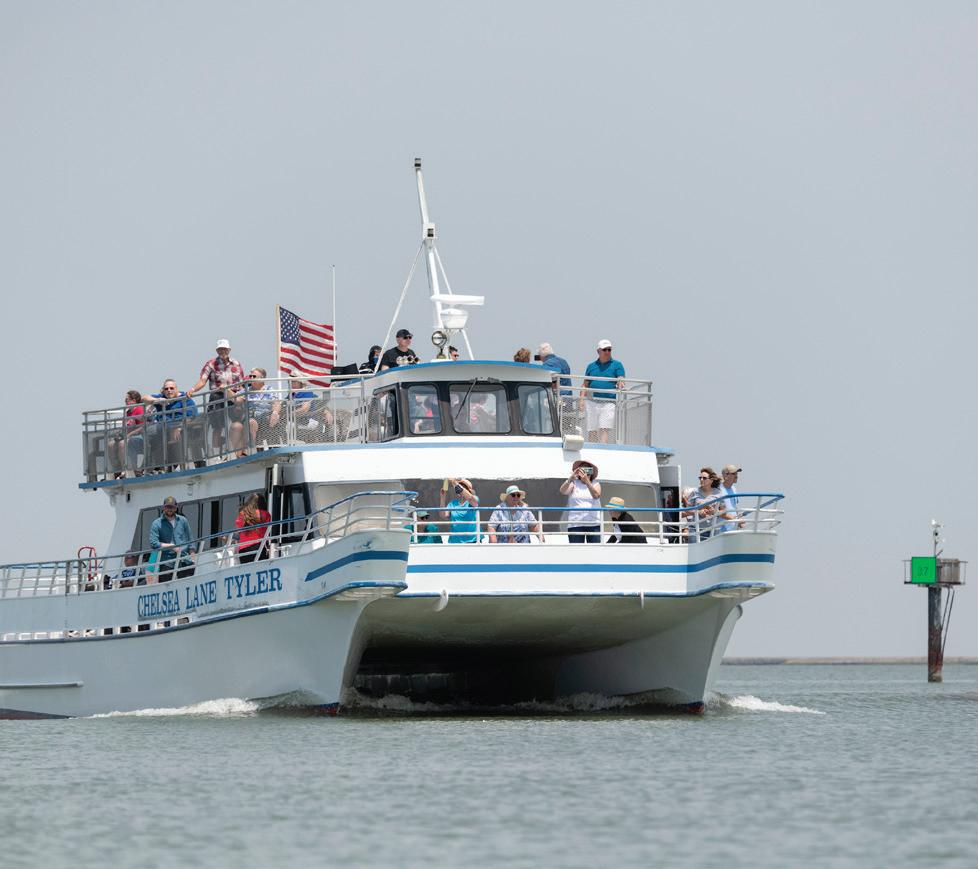
410-425-2771
Anew era emerges this summer for the 25-year-old business, Odyssea Watersports. While things will be different this season, the same Odyssea family, customer service, focus on safety, and drive to provide Ocean City visitors with a fun watersports experience continues. If you have yet to hear the news, the landlord made the decision not to renew the lease for Odysseas' location on 50th St. after 2022. So, as the family embraces their next adventure, Odyssea Watersports has rebranded with updated websites, social media accounts, and locations throughout the off-season. They also have moved to a new location in town this summer.
As of press, Odyssea is not currently renting boats, but we know they will work through the winter to make things happen. So be sure to reach out to see how far they have come for the 2023 season!
410-723-4227
Instagram: @odysseaboatrentals
Odyssea Watersports
410-723-4227
Odysseawatersports.com
odysseawatersports@gmail.com
Instagram: @odysseawatersports
Facebook: Odyssea Watersports









...a few suggestions
Assateague Island National Seashore Visitor Center
7307 Stephen Decatur Hwy., Berlin, MD
(410) 641-1441
The Assateague Island Visitor Center is located just outside the entrance to Assateague. Exhibits include marine aquariums, touch tank, exhibits, maps, a film about the wild ponies of the island, brochures, and a variety of educational opportunities.

Calvin B. Taylor House
208 N. Main Street, Berlin , MD
(410) 641-1019
Located in Berlin’s National Register Historic District, the main block of the house has been furnished as a house museum and the west wing as a gallery displaying local memorabilia.
Delmarva Discovery Center
2 Market Street, Pocomoke, MD (410) 957-9933
The Delmarva Discovery Center on the Pocomoke River serves as a source of learning and discovery for the public through the preservation and interpretation of its cultural and natural heritage.

Furnace Town
Old Furnace Rd. Snowhill, MD (410) 632-2032
Heritage. Artistry. Nature. Fun. This museum uses living history format to re-create a vanished 19th Century community. See a blacksmith, woodworker, broom maker, printer, gardener, spinner and weaver.
Julia A. Purnell Museum
208 W. Market Street, Snow Hill, MD (410) 632-0515
The Purnell Museum is home to over 10,000 pieces that highlight local history, including artwork from the museum’s namesake, Julia A. Purnell.
NASA Visitor Center - Wallops Flight Facility Route 175 Chincoteague, VA (757) 824-2298
The NASA Wallops Visitor Center is the place to explore the past, present, and future of NASA’s Wallops Flight Facility.
Delmarva Discovery Center Delmarva Discovery CenterOcean City Life-Saving Museum
813 S. Boardwalk, Ocean City, MD (410) 289-4991
The Ocean City Life-Saving Station Museum displays exhibits of storms, sea life and life-saving in Ocean City. Other exhibits include beach vacation artifacts, shipwreck finds, mermaids, over 200 samples of sand from around the world, and more!

Fox Gold Coast Theater

112 St. & Coastal Hwy. Bayside, Ocean City. MD (410) 213-1505
Also a great place to catch the latest flick while you relax in luxury power recliners. Immerse yourself in the movie with state of the art Dolby stereo sound. Reserve your seat at FoxShowTimes.com
There are several theories with regards to how the wild ponies arrived on Assateague Island. One draws from the many historically documented shipwrecks that have occurred off of the coast of Assateague Island. Oral history tells of a shipwreck involving a Spanish galleon carrying horses; the ship is believed to have wrecked off shore in the 1700s, and some of the horses were able to swim to land. Another story is that the ponies are descendants of colonial horses brought to Assateague Island in the 17th century by Eastern Shore planters. It is said that farmers were faced with new challenges when crop damage caused by free-roaming animals led colonial legislature to enact laws requiring fencing and taxes on livestock.
Do you know which is true?
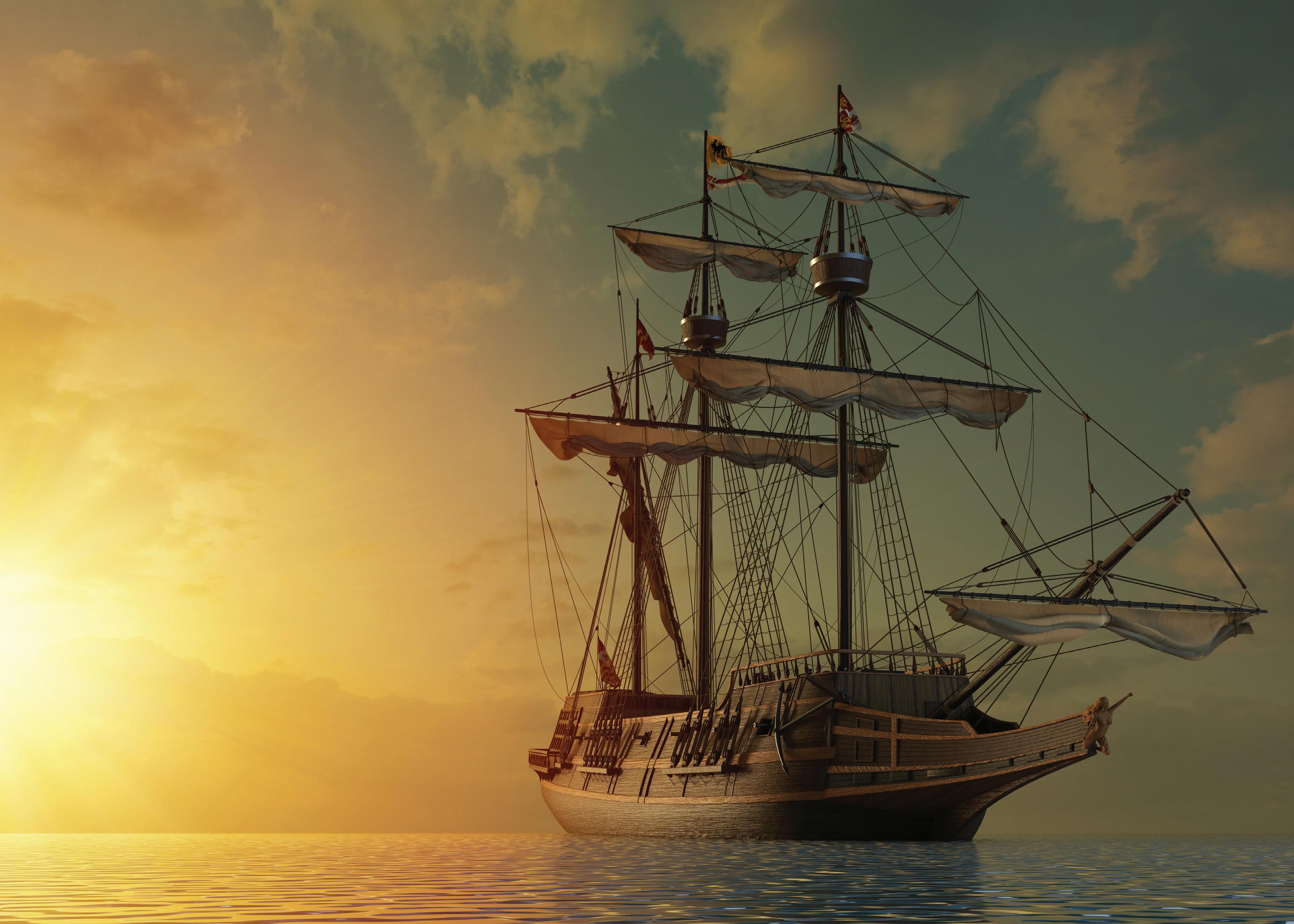
TThe history of the Assateague ponies, including the world-famous Chincoteague ponies, might now have archaeological proof of their origins. When researcher Nicolas Delsol at the Florida Museum of Natural History wanted to understand how cattle were domesticated in America, he began sequencing DNA from numerous archaeological sites. “It was a serendipitous finding,” he said. “I was sequencing mitochondrial DNA from fossil cow teeth for my Ph.D. and realized something was very different with one of the specimens when I analyzed the sequences.” Different because the tooth in question was from a horse. According to the study published July 27, 2022, in the journal PLOS ONE, the DNA obtained from the tooth is also the oldest ever sequenced for a domesticated horse from the Americas. It sheds much light on how horses found their way to the Mid-Atlantic Coast. That one tooth, found on the forgotten Caribbean Island of Puerto Real (now a part of Haiti), connects the ponies of Assateague Island, including the world-famous Chincoteague Ponies, to horses from Puerto Real.
The horse first appeared on the North American continent during the Pliocene era (5.4 -2.4 million years ago) and spread to and across Eurasia. However, all horses disappeared from the Western Hemisphere during the megafauna extinction event at the end of the Pleistocene period (from about 2,580,000 to 11,700 years ago). It was not until the late 15th century and the arrival of European explorers in the Caribbean that horses returned to the Americas, this time as Equus caballus— the domestic horse.
The introduction of the domestic horse began with the second voyage of Columbus. In 1493, a royal ordinance from the Castilian monarchs ordered Fernando de Zafra
to hire Andalusian horsemen to accompany Columbus on his second exploration. Oviedo y Valdés reports that, after Columbus boarded these horses on ships in the Canary Islands, they arrived on Hispaniola, in the town of La Isabela (Dominican Republic), on November 28, 1493. Over the next decade, the horse population on Hispaniola increased from a few dozen individuals to large herds, thanks to favorable environmental conditions and continued importation of animals from the Iberian Peninsula. Eventually, the governor of the West Indies, Nicolás de Ovando, decreed there was no need to import more horses because the population was sufficient on the island. In this same decade, horses were taken to other Caribbean islands as Spanish interests expanded. By the 1520s, horses had reached the Mesoamerican mainland, and by 1538, the northern coast of the Gulf of Mexico in what is now Florida. A permanent Spanish presence was established on the North American coast by 1565. Later, horses from other European regions were brought to the Americas. For example, in the 1620s, in the British-sponsored colonies of New England, horses were brought from northern Europe, mainly from England and the Netherlands. These later imports were of diverse breeds, some larger and better suited to labor than the earlier Spanish imports. As a result, horse breeding rapidly became an important activity in some British colonies. By the 18th century, New England horses were a major export to the Caribbean, where the sugarcane industry was in critical need of draft animals.
Horses were not only pivotal to the European military expeditions in the Americas, but they also held a crucial role in the implementation of post-Columbian industries such as ranching, in which horses were used to manage the wide-ranging cattle. With the rapid growth of cattle herds, many horses became feral. By the 1650s, they were widespread from Mexico to the Great Plains of North America, where they were tamed and re-domesticated by Native American communities of the Great Plains. Horses deeply impacted Native cultures in many regions by providing greater mobility through an equestrian lifestyle.
The only study of the population genetics of present-day horses in the Western Hemisphere, reveals that Iberian animals were more diverse than any American horse breeds. And many Western hemisphere
breeds can be traced back to the Iberian Peninsula. It also showed that diversity is highest in the Caribbean among the Western Hemisphere breeds, based on the Puerto Rican Paso Fino breed. The Puerto Real specimen and its ancient DNA presented in this finding is critical to understanding the history of domestic horses in the Americas, and the relationship to Spanish explorers/colonists on the Atlantic coast. The tooth directly connects the horses from Puerto Real, who arrived via Spanish Galleons, to wild horses of the Mid-Atlantic.
According to the National Park Service, which manages the Maryland herd of ponies on Assateague Island, the likeliest explanation is that the horses were brought over in the 1600s by English colonists from the mainland in an attempt to evade livestock taxes and fencing laws.
Others believe the wild herds descend from horses that survived the wreck of a Spanish galleon and swam to shore. Marguerite Henry popularized this story version in the 1947 children’s novel “Misty of Chincoteague.”
Until now, there has been little evidence to support either theory. The results of the DNA analysis, however, unequivocally point to Spanish explorers as being the likeliest source of the horses on Assateague, Delsol explained. “It’s not widely reported in the historical literature, but the Spanish were exploring this area of the mid-Atlantic pretty early on in the 16th century. The early colonial literature is often patchy and not completely thorough. Just because they don’t mention the horses doesn’t mean they weren’t there.”
The feral herds on Assateague weren’t the only horses to revert to their wild heritage after arriving in the Americas. Colonists from Europe brought horses of various breeds and pedigrees, some of which escaped into the surrounding countryside.
Today, the U.S. Bureau of Land Management estimates there are approximately 86,000 wild horses throughout the U.S.— most of which are located in the western states of Nevada and Utah. Delsol hopes that future ancient DNA studies will help decode the complex history of equine introductions and migrations over the last several centuries, offering a clearer understanding of today’s diversity of wild and domesticated horses.
City, one of the Mid-Atlantic’s most popular summer playgrounds, is also a championship golf resort. We offer courses designed by some of the best in the business. Take in 18 holes of beautiful morning golf along the waterways of the Atlantic. Tame a pristine championship course winding the inland bays with breathtaking sunsets. If you’re traveling with the family, book an early round, and be back in time to enjoy the water park with the kids. Or, shake the sand off after lunch for a game before dinner. If you’re new to the game, many courses offer professional instructors, as well as family rates that won’t break your budget.
Ocean City is a great place to introduce the sport to new golfers, and it’s even a great way to spend time with a teen! From driving ranges to executive courses, parkland layouts,and extraordinary links tests, our area courses take pride in the conditions and amenities which live up to the standards demanded by the legendary architects who created them. If you love Pete Dye, Gary Player, Jack Nicklaus, Arthur Hills, Lester George, Brian Ault, and Dr. Michael Hurdzdan, you’ll simply love the golf venues featured on the shore.
If you’re already here, try us out. When you come back, consider one of the many golf packages available all year long!


Lighthouse Sound offers great variety in terms of visual excitement and strategy. As often as possible we tried to take advantage of the expansive views of the bay and Ocean City skyline. Ten holes border the pristine marshlands found within the 1,000acre site while others are framed with mature hardwoods. Together, this collection of holes will hopefully provide a challenging and memorable golf experience.
Glen Riddle Golf Club provides a truly spectacular golf experience. In addition to the 36 memorable holes of golf, our facilities offer exciting teaching opportunities and a pro shop to help you perfect your game. Just like their namesakes, Man O'War and War Admiral, these courses will become legendary. They will provide the supreme challenge for the seasoned golfer with their distinctive fairways while offering those new to golf an opportunity to fall in love with the game.
The "Scottish-style" links of the Rum Pointe are the only area course to feature bent-grass on the fairways and greens. No less than 17 of the 18 holes have a bay view with several holes having direct bay frontage, where you can start your ball over the water to shorten the hole. The Dyes have certainly created situations of risk and reward that will quicken the heart rate of even the most experienced golfer. From the back tees this championship quality course is capable of hosting a PGA Tour stop but forgiving enough from the middle tees to satisfy golfers of all skill levels.




 Lighthouse Sound
Lighthouse Sound
OOver 200 eateries in Ocean City are ready to serve you a coastal dining experience. From Eastern Shore traditions to various ethnic cuisines, you’re sure to find something delectable.

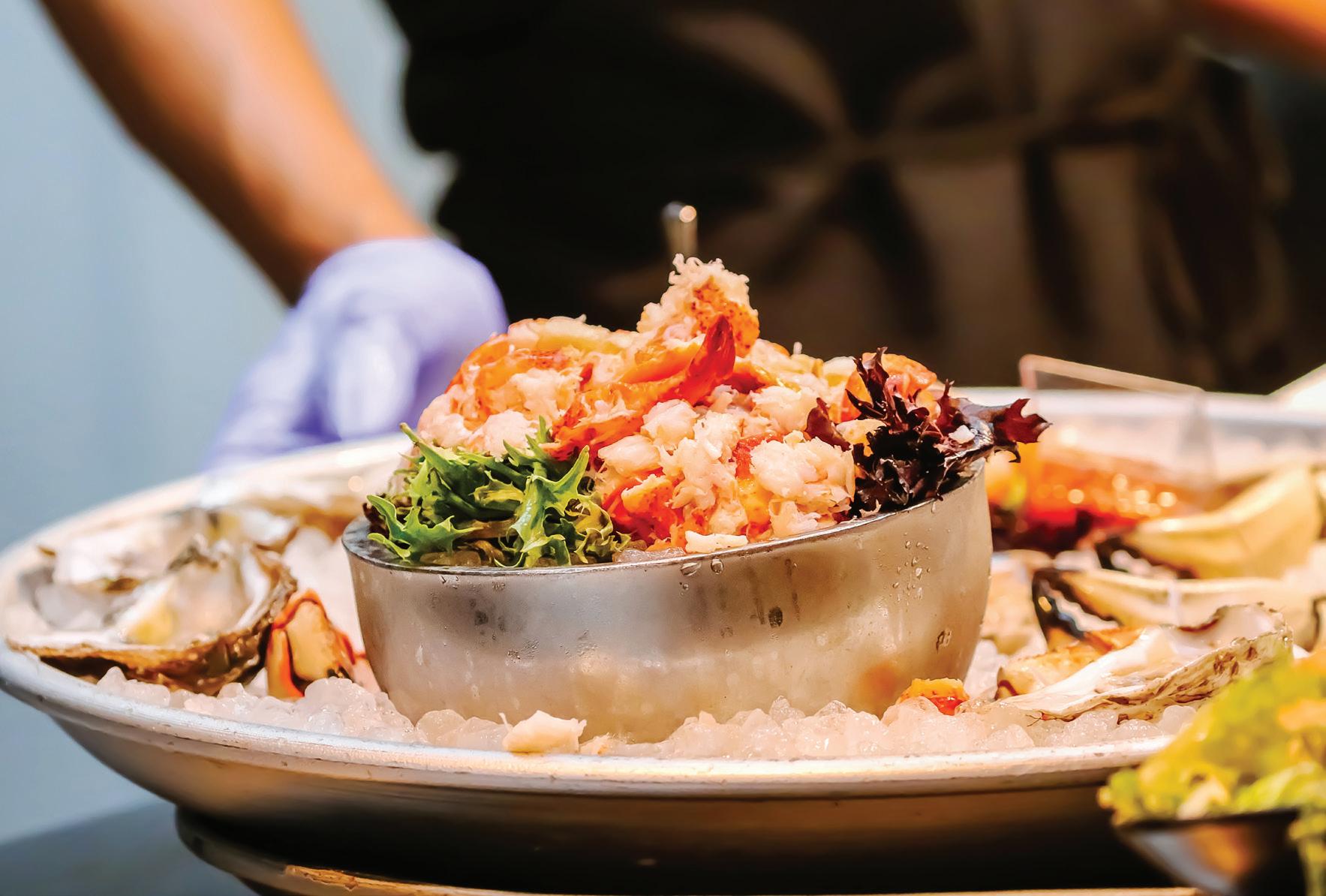
Seafood is caught daily from local waters, and fresh catch often includes mahi-mahi, tuna, sea bass, sword, and even shark! Some of the world’s finest shellfish are found right off our coast, and local chefs are experts in its preparation. Raw bars offer a wide selection of mollusk, and most menus offer raw items on the half shell. Seafood can be prepared in so many ways; steamed, broiled, blackened, sautéed, the list goes on. Whichever you choose, don’t miss out on the local fare!
Maryland is famous for its Maryland Crab Soup and Maryland Style Crab Cakes. Don’t forget the soft shells when they are in season and the Maryland Crab Cake Sandwich. It’s a great treat after a day on the beach. Crab is available for breakfast, lunch, dinner and even snacks, so be sure to indulge while you’re here.
Family-style restaurants offer seafood and more, including our Delmarvalous fried chicken, ham, and prime-rib. Most are served with locally grown veggies from the many local farms that surround the resort, and these dining spots are sure to offer something on the menu for everyone.
If you’re looking for fine dining, a world premiere resort would not be complete without world-class dining. Award-winning chefs present excellent menus to delight your palette. From signature dishes to that gourmet touch on tradition, Ocean City’s fine dining establishments are a great way to experience the taste of the beach.
In addition to the many dining fares, Ocean city offers a variety of dining styles as well. You can experience some amazing sunsets on the bay while enjoying your dinner. Many restaurants offer outdoor or deck dining, so be sure to take advantage of the stunning views. Fine food and that fresh salt air combine to make the meal even more memorable.
The Boardwalk’s three-mile promenade offers an assortment of treats, from world-famous fries, saltwater taffy, and popcorn to fine dining restaurants and sports bars. You can enjoy a snack or a meal and never leave the boards. Ocean City has over 125 years of hospitality. From what was once a sleepy fishing village to the world-class resort this has become, there are mouthwatering morsels at every turn. Experience Ocean City to its fullest!
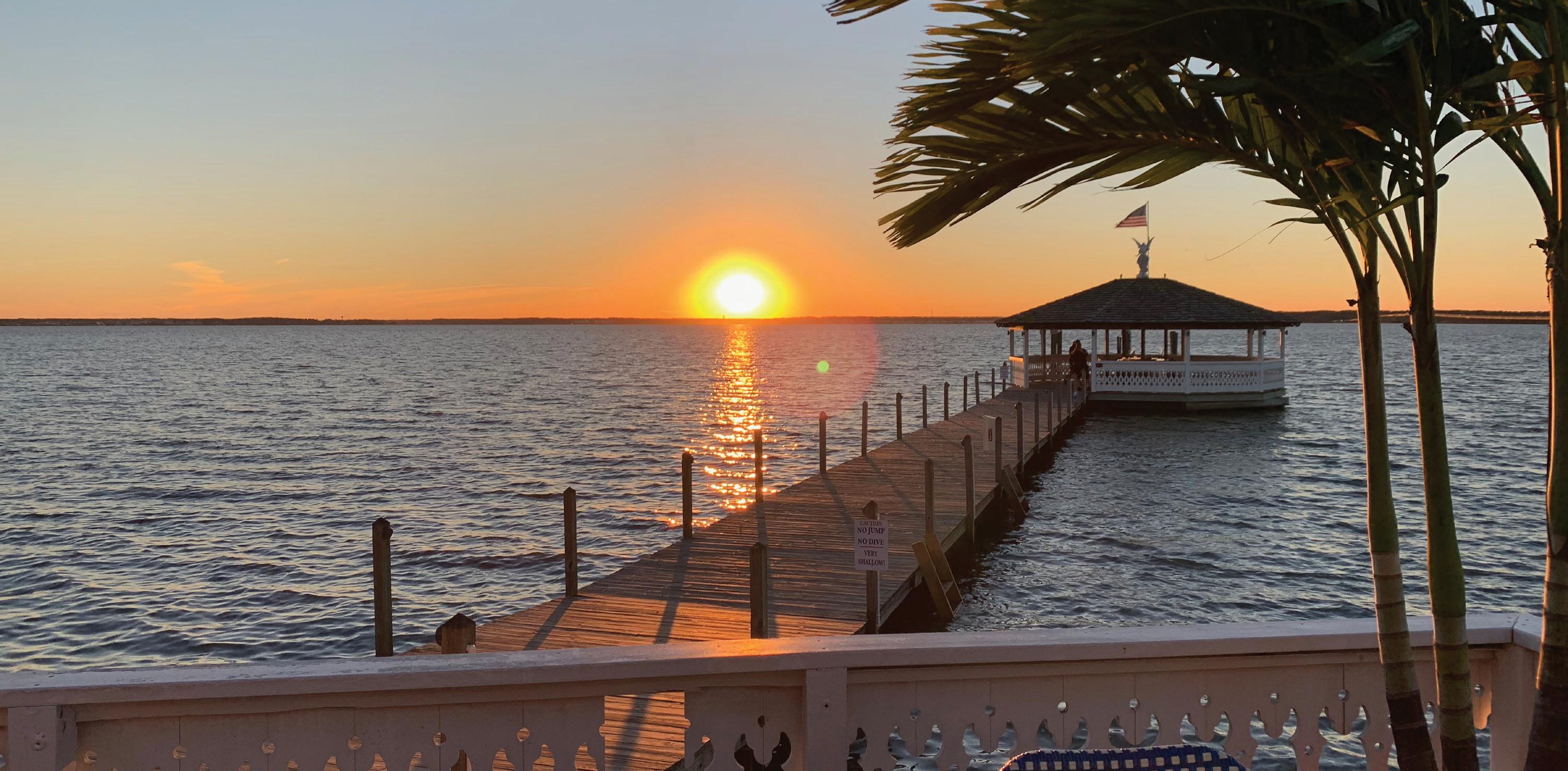


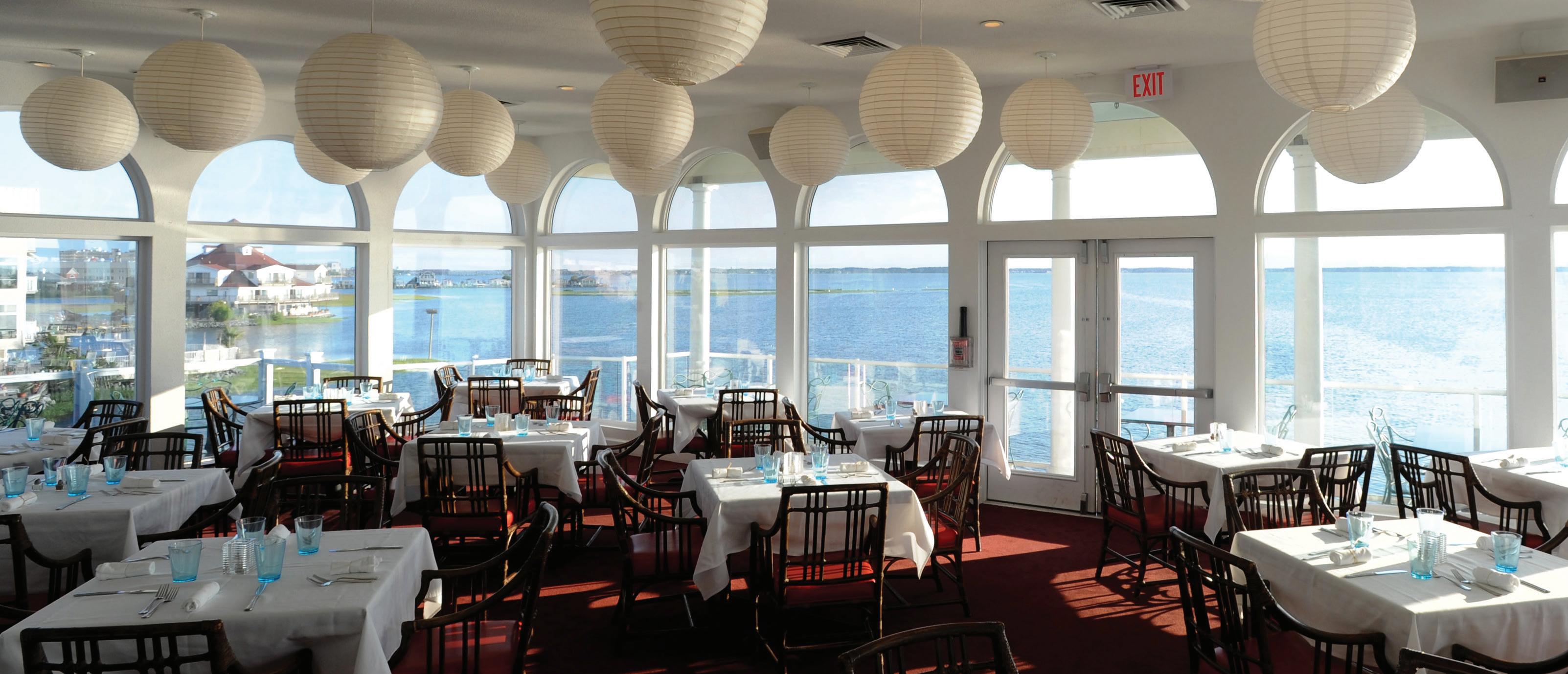

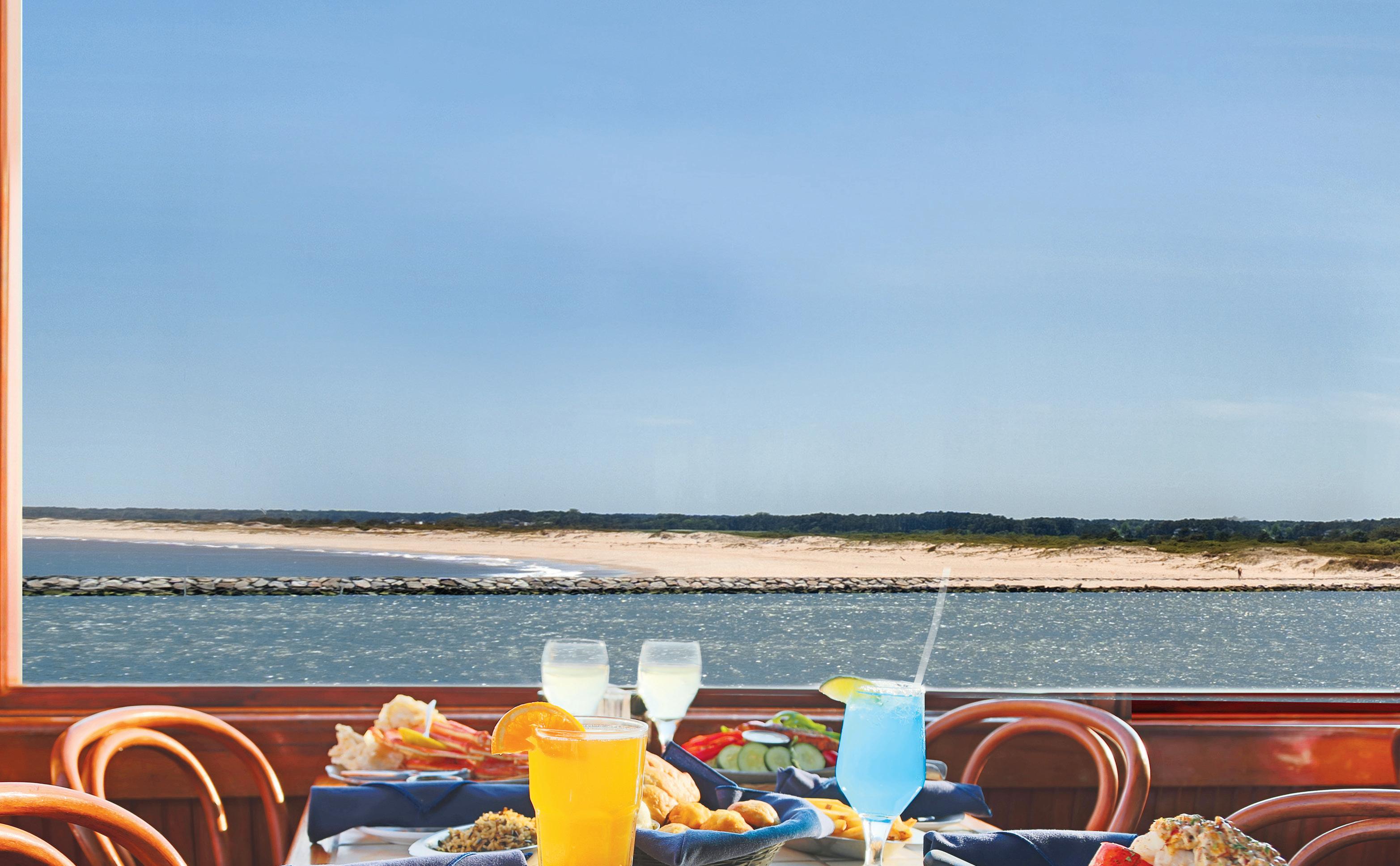
















Make your next event a breathtaking event.
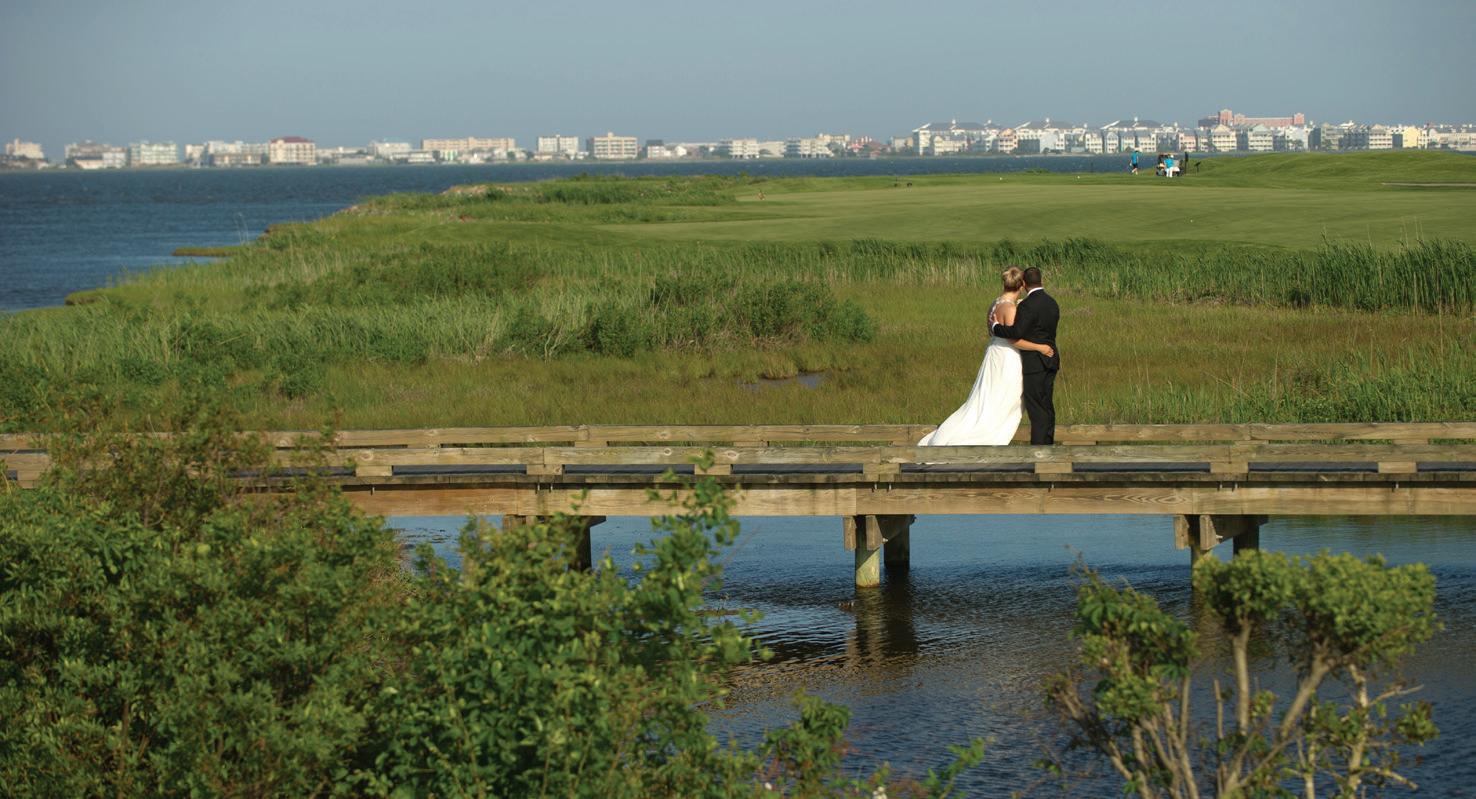
Exceptional Service. Sizzling Taste
Lighthouse Sound Restaurant invites you to join us for dinner overlooking the breathtaking Assawoman Bay and Ocean City skyline. Whether a family outing, corporate meeting, banquet or wedding, Lighthouse Sound Restaurant will cater to your every need and have your guests raving for years to come. Serving Sunday brunch, lunch and dinner, our culinary staff will prepare the finest cuisine East of the Chesapeake.
lighthousesoundrestaurant.com
12723 St. Martin’s Neck Road, Bishopville
410-641-1199
Ruth’s Chris Steak House is located within the Glen Riddle Clubhouse and is open to the public. The clubhouse was built in the 1920’s and was home to the legendary racehorses, Man O’ War and War Admiral. Much of the original woodwork was restored and is used in the decor of the restaurant. The stall doors are used as table tops in the bar and grill and you can also find some original woodwork throughout the clubhouse and restaurant. Reservations suggested.

ruthschris.com



410-213-9444 or 888-632-4747


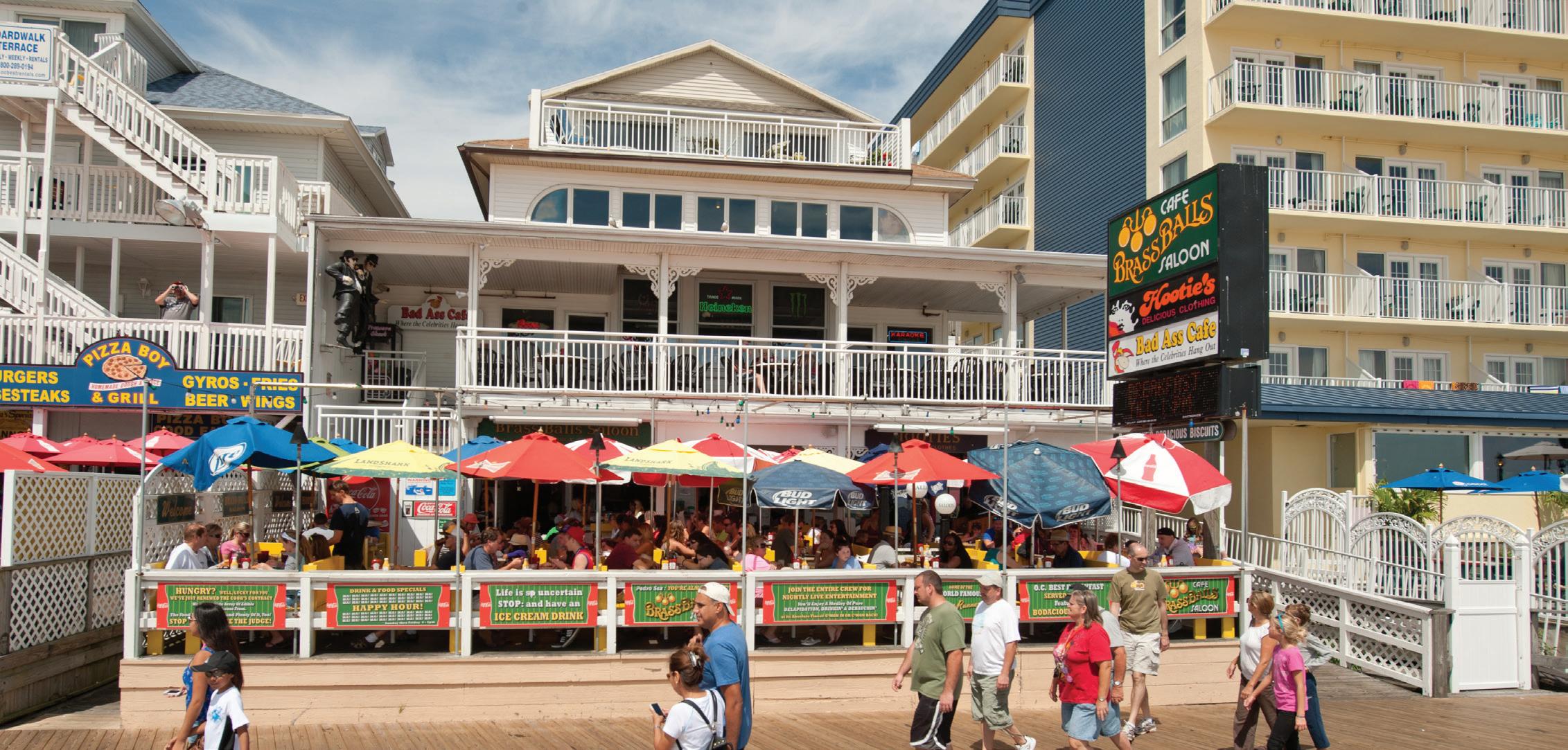







Fresh ocean air, accompanied by sumptuous food and a cool brew, make Happy Hour at the Bad Ass Cafe a beach experience not to be missed. It’s one you will be talking about long after vacation is over!



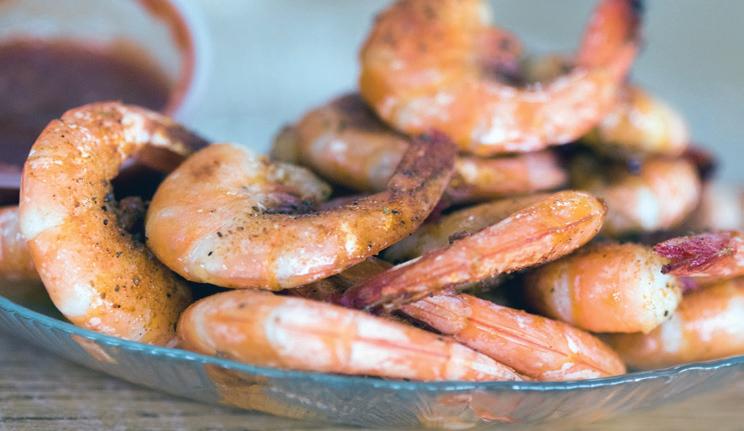

Between 11th & 12th Streets on the Boardwalk Ocean City
410-289-0069
Thisrustic Waterfront bar and restaurant located in West Ocean City serves up great food, fun and the Original Fresh Squeezed Orange Crush. Happy Hour specials include rail drinks, and brews, both on tap and in bottles. All of which pair excellently with the fresh seafood right off the dock!

12841 Harbor Rd., West Ocean City 410-213-1846 weocharborside.com










Having left the hardships of World War I behind and the restrictive morals of the Victorian era, the Roaring Twenties was a time of cultural change. People just wanted to have fun, and they did. The 18th Amendment prohibiting the production, sale, and transport of alcohol did little to change the new lifestyle in the long run. According to the National Archives, "The amendment worked at first: liquor consumption dropped, arrests for drunkenness fell, and the price for illegal alcohol rose higher than the average worker could afford. Alcohol consumption dropped by 30 percent, and the United States Brewers' Association admitted that the consumption of hard liquor was off 50 percent during Prohibition." Yet this new law to enforce Prohibition, the Volstead Act, paved the way for new enterprise; the thrill of sneaking an illegal drink was exhilarating, and the unprecedented demand for liquor gave rise to the speakeasy, private clubs, and the rum-runners.
Rum moved to the Atlantic Coast from the Caribbean, and various liquor arrived from the North and Europe. As long as ships stayed 3 miles offshore, they were in international waters. Rum-runners delivered the "good stuff" to America's Speakeasys. The Atlantic schooner, the Arethusa, owned by Bill McCoy, transported only the very best alcohol. As bootleggers searched to bring in the finest quality, they often searched for "The Real McCoy" at sea. A phrase we still use today to denote quality.
It was challenging for law enforcement to police every venue that might serve alcohol and watch for ships transporting the contraband. Local stills, which popped up across Worcester County, also added to their workload. But, for many local men, manufacturing or transporting liquor was a great side hustle during the Depression; worth the chance of getting caught to provide for their families.
It was a foggy winter night in late December of 1929 when an unnamed schooner believed to be from Halifax, Nova Scotia, anchored about 4 miles offshore and just south of the Ocean City township. Its cargo hold was heavy with whiskey, gin, and champagne. Thirty-six men from Ocean City and the immediate surrounding area utilized four skiffs to unload the ship. Each man was to be paid $25 for the night of work. (Similar pay in 2023 would be about $432.) However, the men would become part of a historical alcohol seizure instead of collecting their payday.
Having been tipped off by local hunters, the Coast Guard waited on Shore for the boats to arrive. Once on land, the smugglers cooperated with Guardsmen to share where the alcohol was headed after leaving the beach; it would be loaded into armored trucks and transported to a warehouse in Salisbury, MD, where it would be routed to larger cities.
U.S. Customs officials seized 1850 cases of liquor that night, with an estimated value in 1929 of $150,000. (In today's market, it would have a value of approximately $2.6 million.) In addition, the four skiffs and six trucks were impounded that night.
The 36 men, all of whom were named on the front page of the Salisbury Times on December 31, 1929, were all charged with "unlawfully and knowingly conspiring and did import into the United States and did transport and conceal certain merchandise to wit, approximately 1850 cases of intoxicating liquors." The so-called "ring leaders" did 15 - 18 months jail time, and boat owners were sentenced to 4 months for participating while using their watercraft. The others were sentenced to two months or two years probation.

 Images courtesy of the Ocean City Life Saving Museum
Images courtesy of the Ocean City Life Saving Museum
It was the Great Depression, and their families were home, struggling to make ends meet without a breadwinner. Some smugglers were permitted to return to their jobs during the day but had to report to the jail each evening and on weekends until their time was served. By spring 1930, townspeople became concerned for families still at home with no provider. According to the Star Democrat, Ocean City residents held a drive for "the relief of the smugglers' families; raising quite a sum of money to keep the wolves from their doors." Local historian George Hurley writes that "loyalties were split among the townspeople. Rum-runners were held in high regard." He continues to say, "those arrested were taken from jail cells three times daily and fed in one of the nicest hotels of the day."

There are numerous accounts of whiskey served in tea cups throughout the town, and a word-of-mouth warning system alerted a speakeasy of an impending raid. For most, being caught with liquor was a one-day event, and they were back in business the next. Nevertheless, whiskey continued to arrive on the Shore, and vessels from Canada made regular runs. There are also many accounts of local stills throughout Worcester County. According to the Snow Hill Democratic Messenger, on May 25, 1922, Sheriff Deputies boarded a boat in the bay near the Ocean City inlet, capturing 200 gallons of mash and 20 gallons of whiskey from the floating distillery. Hurley says, "During prohibition, the Eastern Shore, along with most of the Atlantic Seaboard, was involved in the now-famous "Rum Wars." There were ties to many noted bootleggers of the day. According to Hurley, it is even said that Al Capone provided the money to build the George Washington Hotel, which once stood on 10th street.
Maryland was the only State in the union that refused to pass a law to enforce Prohibition. Throughout the entire period 1920 through 1933, the governor opposed it. When states began the repeal, Maryland was the second State, right behind Delaware, to repeal the 18th amendment. The change happened right after the famous Atlantic hurricane of August 1933 cut the Ocean City inlet. Ocean City enjoyed a new level of prosperity as the commercial fishing industry bloomed, and with the return of legal alcohol, the hospitality business would once again thrive.
A total of 1850 bags of alcohol, each containing 12 bottles, were seized on the night of December 29, 1929 on the beach just south of Ocean City. The liquor had an approximate retail value of $150,000 in the day. The event was one of the largest seizures in the State.

 The alcohol taken during a smuggling raid on the night of December 29, 1929, was temporarily stored alongside the Ocean City Life Saving Station before being transported to a U.S. Customs secure facility in Baltimore, MD.
In the photograph, from left to right, are; Prohibition Administrator Ames Woodcock, H.M. Lucious, secretary of the Automobile Club of Maryland, and Ernest M Smith, vice-president of the A.A.A; investigators of the seizure. (Image courtesy the Library of Congress.)
The alcohol taken during a smuggling raid on the night of December 29, 1929, was temporarily stored alongside the Ocean City Life Saving Station before being transported to a U.S. Customs secure facility in Baltimore, MD.
In the photograph, from left to right, are; Prohibition Administrator Ames Woodcock, H.M. Lucious, secretary of the Automobile Club of Maryland, and Ernest M Smith, vice-president of the A.A.A; investigators of the seizure. (Image courtesy the Library of Congress.)


Ocean City's bar scene is always hopping in a city that merely naps during the summer season. Iconic venues like Seacrets and Fagers Island are always a must while on vacation here. In addition, new venues like Pier 23's container experience has rocketed up on the "must-do" list. You have to be there!
While you can have a beer just about anywhere, having the drink in a pub with a back story gives that libation the kindling for a great story you tell about your vacation.
 Brass Balls Saloon
Fagers Island
Brass Balls Saloon
Fagers Island
Did you know the Brass Balls, between 11th & 12th Street on the Boards, initially allowed patrons to "pawn" goods for bar tabs? A very, very long time ago, they collected all sorts of things, many of which hang on the pub's walls. It's that bar where you can imagine the tale of some of the unusual items. And the original "brass balls" (think pawn shop) still hangs over the bar downstairs. Sit with the bartender for the whole story while you enjoy their original drink, the "Hurricane Crush." It's the only "cat 5" you will ever enjoy.

410.289.0069



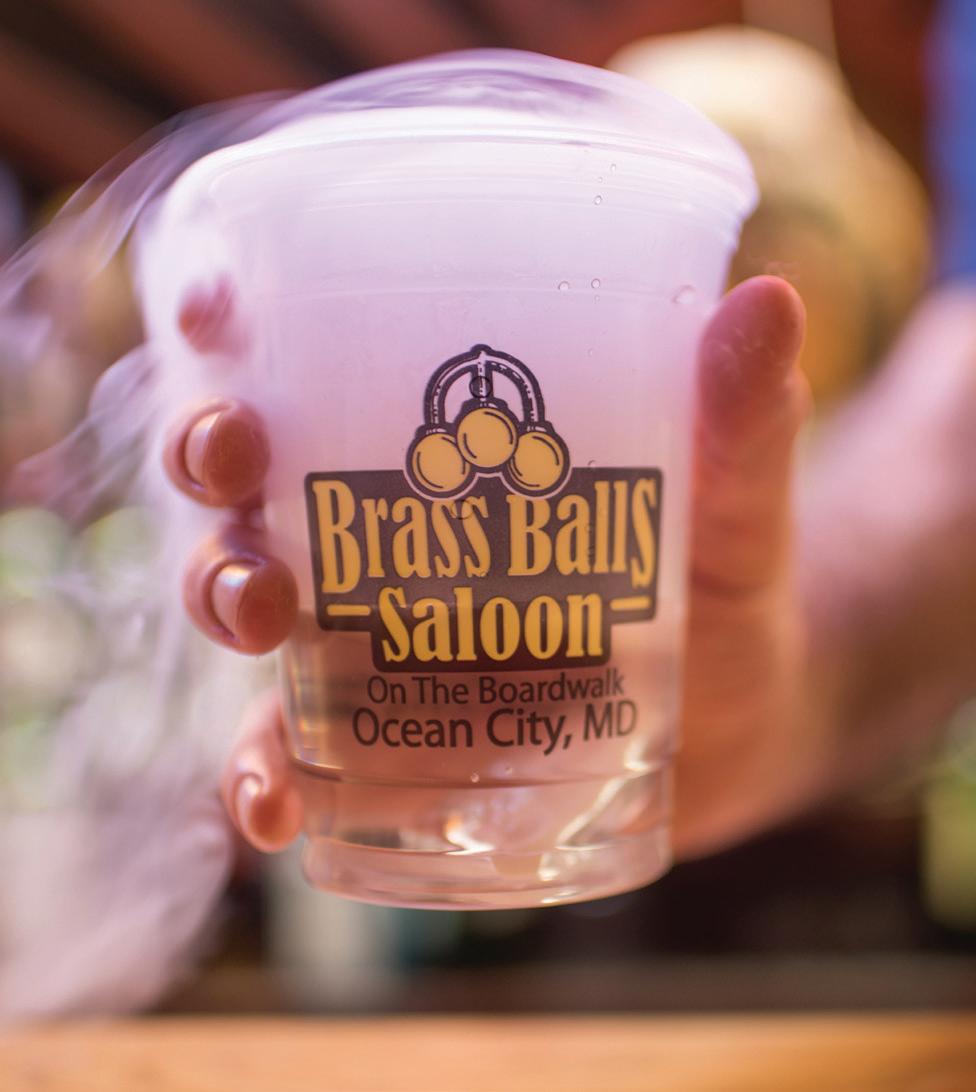
Between 11th & 12th St Boardwalk
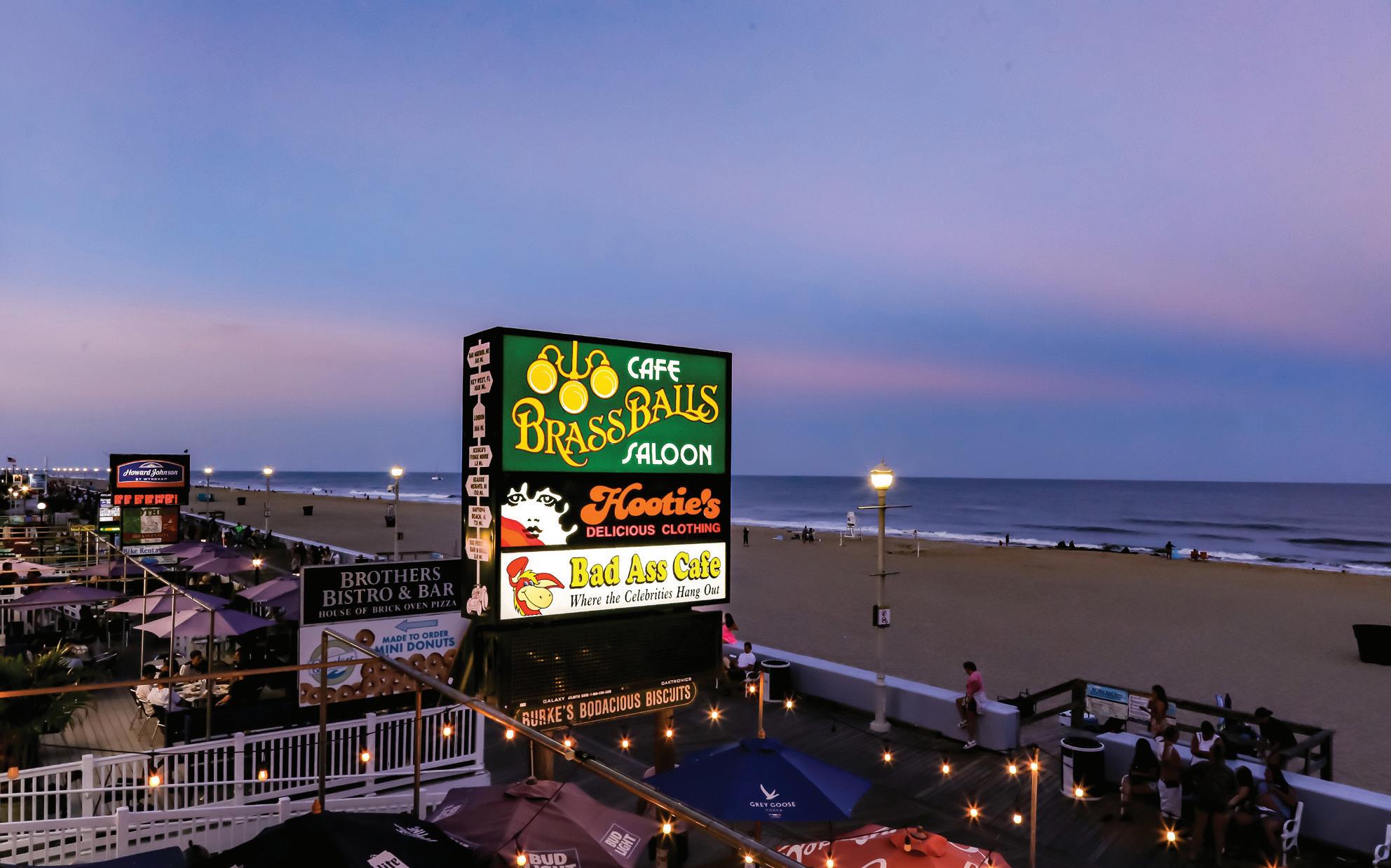
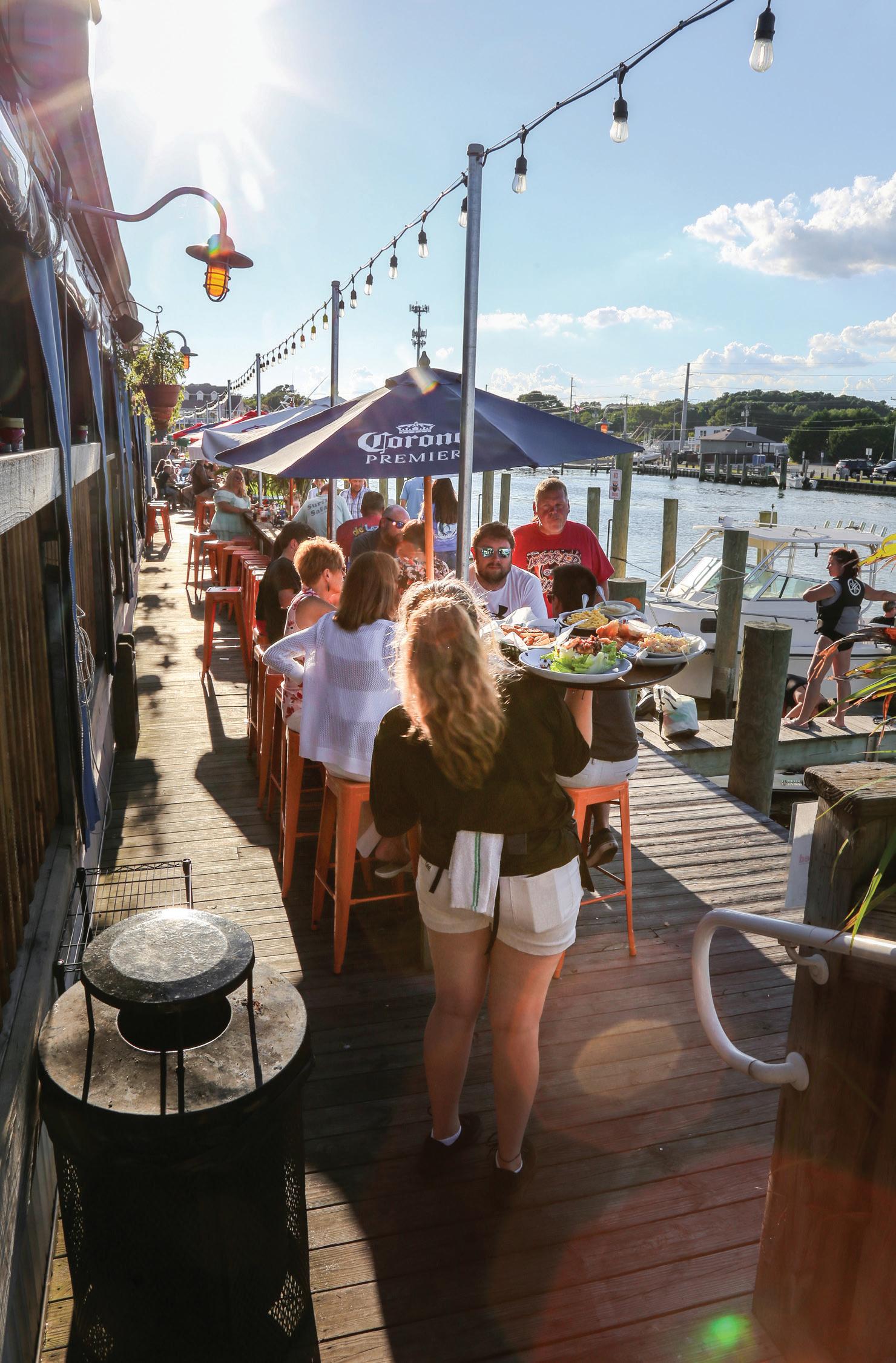

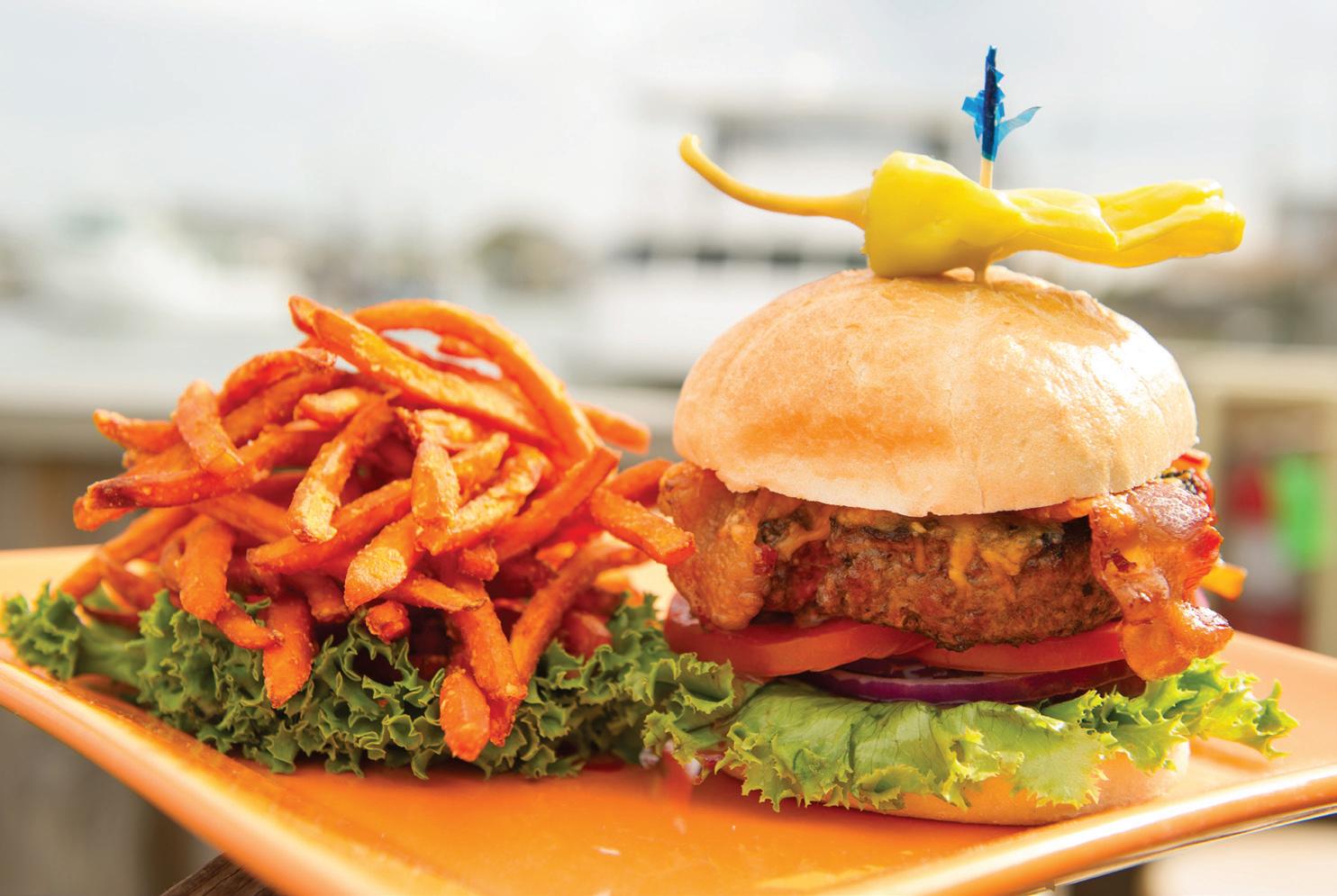
“Because it’s good to have fun!”
Speaking of specialty drinks, did you know that the original fresh squeezed "Orange Crush" was crafted in West Ocean City? Yup, the one that is imitated all over town, up and down the Eastern seaboard, and well, almost everywhere these days. Left with a bottle of "new" Stoli O, orange vodka on a slow, rainy Sunday afternoon, bar owners Chris Wall and Lloyd Whitehead of Harborside Bar & Grill needed to come up with a signature drink for this new product to come to market. Flavored vodka? It was the 90s; of course, it would fly, but it needed to be amazing. The boys hit it out of the park right from the start. They opened their doors in 1993, got a juicer in 1994, and invented a signature drink that would storm the country in 1995—an impressive start to a successful business that still delivers some of the town's best 30 years later. However, if you haven't had an "original" fresh squeezed orange crush, you still haven't had one. Check out Harborside Bar & Grill in the West End Ocean City harbor.
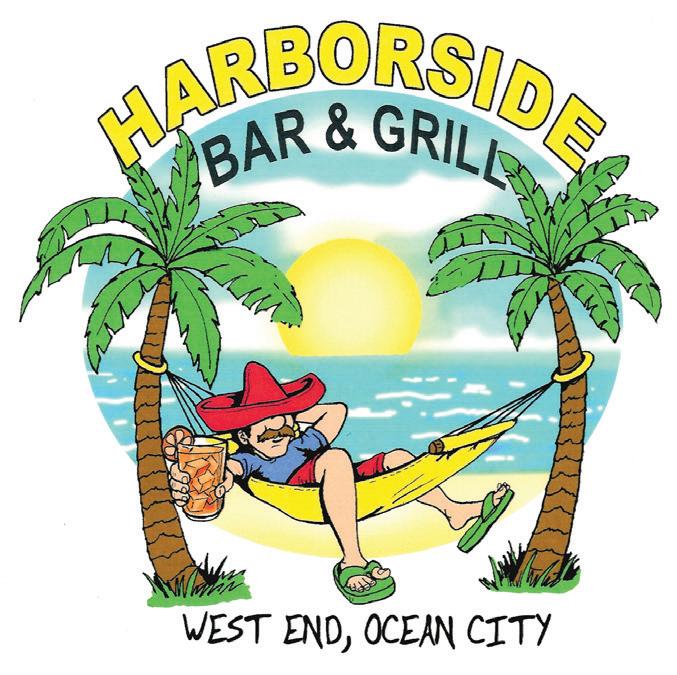

There is something so exhilarating about being in a sports bar during a game when the entire bar is packed with fans from the same team. It's that moment when points are scored, and the entire bar erupts with joy that is so contagious you will feel like you're game side in the stands. To make the experience even better, you don't have to leave your seat to stand in line and get your food. Instead, friendly waitstaff in Steel City gear will bring some of Ocean City's finest pub fare right to your table, and it's all at Buxy's Salty Dog Saloon on 28th Street. Owner Doug Buxbalm offers even more next door at Dry Dock 28. This establishment side has a seafood-centric menu and craft pizza the whole family will love. In addition, of course, they are serving up local libations right off the boat - quite literally.




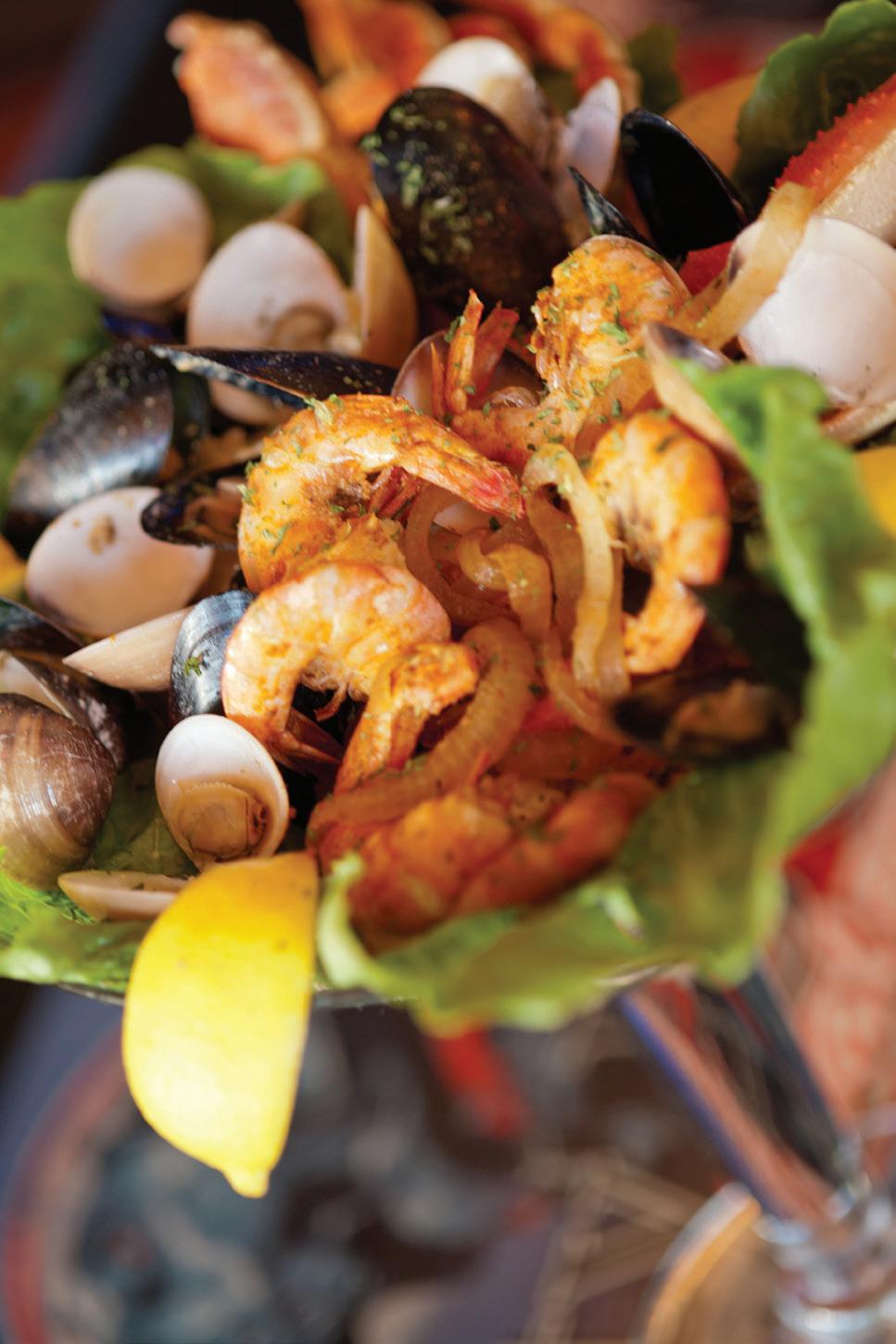




Want to enjoy a special bottle on your balcony or take home a treasure? We suggest a visit to the West-O Bottle Shop located on Rt. 50 in West Ocean City. They have everything you could want in a neighborhood liquor store that has become a sought-after destination. The West-O Bottle Shop prides itself on its selection of specialty liquors, wine, and craft beers. Discover new and interesting styles, and explore different regions, from small and independent producers to brand favorites. Be sure to check out their amazing cheese selections too.



410.213.2079












